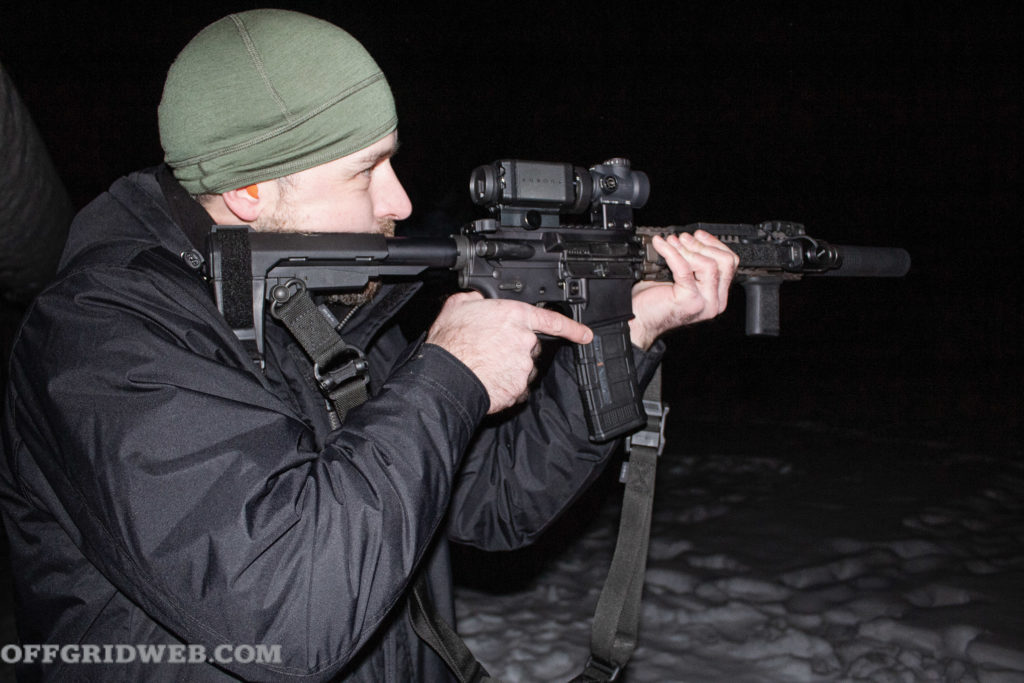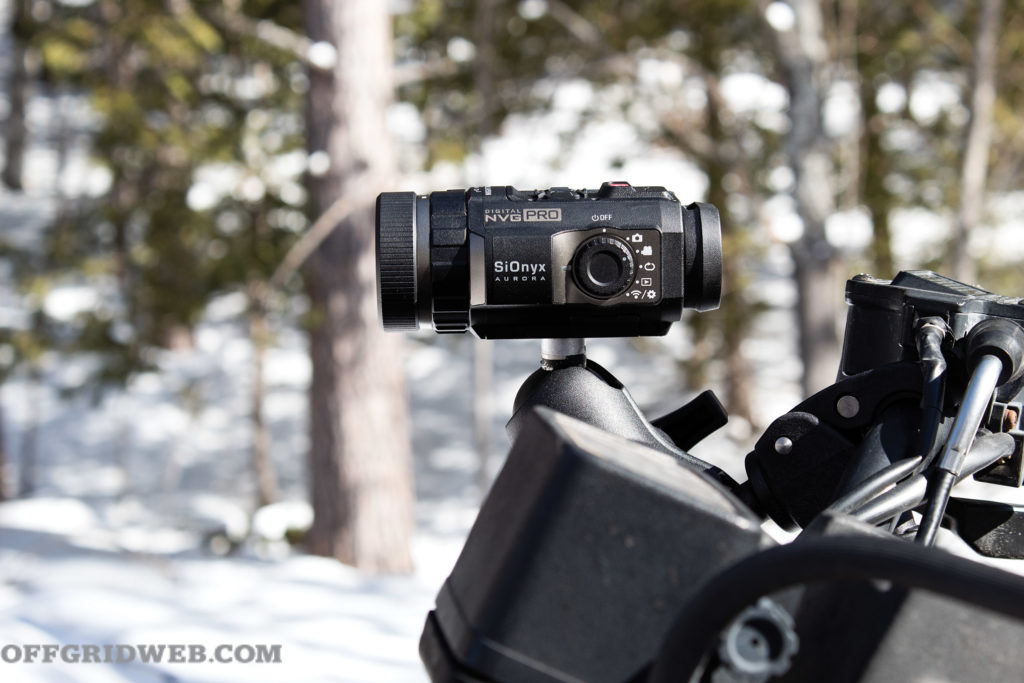In This Article
If you don’t look at the Fenris and see the 2021 version of the rig used in the film Heat, you lack imagination.
Chest rigs come in all shapes and sizes, well, almost. Until now, most chest rigs oriented your magazines vertically across your chest. The Fenris from Nightfighter does things differently. Instead of running them across your chest with the magazines oriented vertically, the Fenris holds them horizontally, positioning them under the shooter’s arms. 
Minimalism describes the Fenris perfectly. It gives you nothing more than magazine slots. No fancy MOLLE webbing, zero room for admin pockets, and no, you don’t get a map pocket. Users get six AR 15 sized magazine pouches and a series of straps to make it fit. That’s it.
Breaking Down The Fenrir
Six magazine pouches break down to three on each side. Are they strictly designed for AR 15 magazines? No, as elastic magazine pouches, they can fit a surprising variety of magazines into the pouches from the Mini 14 to the Steyr AUG; you get room for everything.
Admittedly shooters can fit a variety of gear into an elastic pouch designed for 5.56 sized magazines. Feel free to pop in a CAT tourniquet, a radio, a smoke grenade, or whatever else your mission may dictate. The pouches cling tight to whatever you squeeze in, and they won’t let your gear go without a fight. The magazines are held tighter than a KAC castle nut. 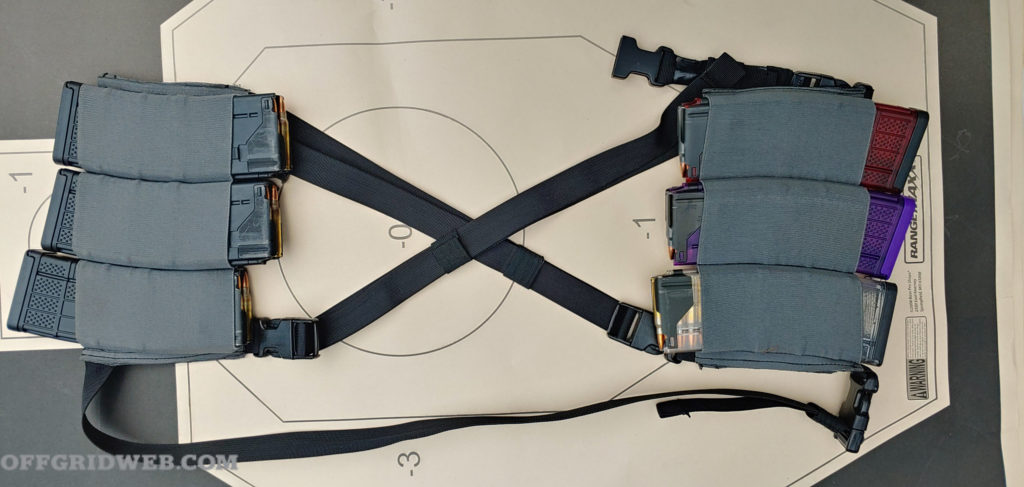
Nightfighter produces a 308 variant for FAL/G3/AR 10 shooters and a PCC variant perfectly paired with an MP5 or CZ Scorpion.
The setup provides a supportive series of straps with one that goes around the neck, one in front of the stomach, and two crisscrossed back straps that provide a minimalist setup that secures the magazines under your arms with ease.
What’s the purpose of packing that much lead under your arms instead of across your chest? Well, concealment mostly. Users can strap 180 rounds of 5.56 under their arms, toss on a windbreaker or a good flannel, and they disappear. 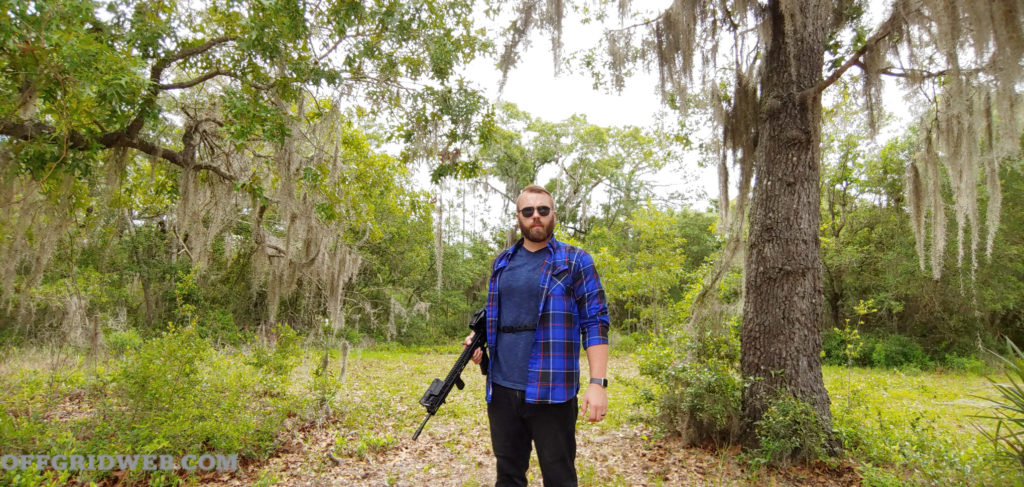
An open jacket or overshirt will show the stomach strap, but most people won’t pay enough attention to ever see it. You add some bulk to your frame and may feel like you suffer from invisible lat syndrome, but again, it takes a dedicated eye to notice such things. Pop in 20 round magazines to reduce bulk if you feel it’s too much.
Getting Fitted With The Fenrir
Anything secured by good elastic takes some force to remove, and due to this, the fit must be tight. The Fenris offers plenty of room for adjustment, but a buckle extender for the stomach strap was necessary to accommodate my six-foot-five-inch, 270-pound frame.
Once fitted properly and loaded down, you’ll feel the weight in your neck. A combination of the weight and thin neck strap delivers a pressure point on your upper neck. Minimalist designs rarely excel in the comfort department, but that being said, the pinch never got unbearable.
Even when worn for hours at a time, the discomfort never moved beyond a feeling of pressure. A pad could help, and modifying gear for comfort is a time-honored tradition.
Fitted properly means the magazines are pushed up and underarms. When the magazine sits under the arms high and tight, you maximize your ability to conceal the magazines.
The rig will rub your arms a bit, but long sleeves quickly take care of that. It’s one of the tradeoffs of using minimalist, concealable gear. They don’t have the room to stretch and build for comfort. Rigs like the Fenris fulfill a specific niche, and that does create a challenge to balance concealment and comfort.
Getting Frisky With the Fenrir
Experimentation guided magazine orientation. On the dominant side, the projectiles face downwards; on the nondominant side, projectiles face upwards. When speed is of the essence, this orientation allows for rapid and intuitive reloads. It’s easier to grip magazines on the nondominant side with a thumbs-up grip and on the dominant side a thumbs-down grip. Shooting gloves helped grip the magazines, but barehanded wasn’t difficult either. 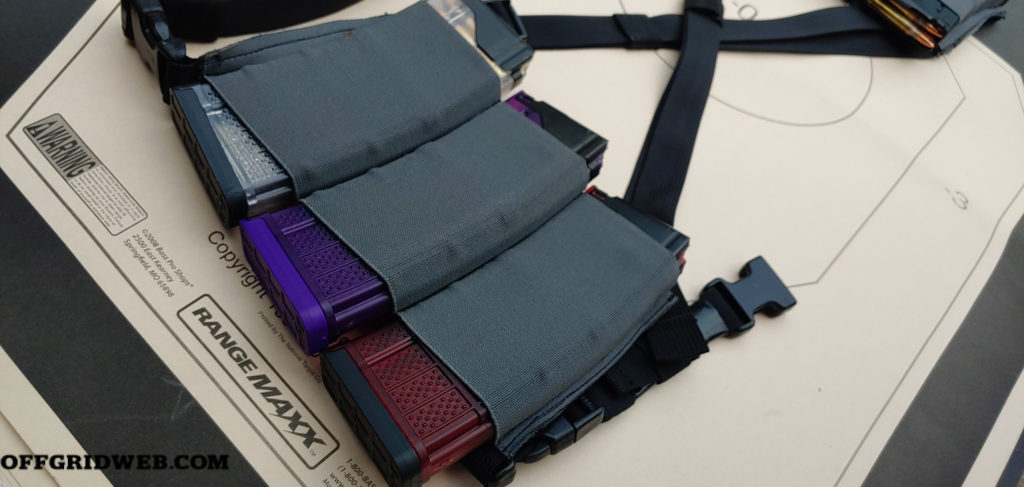
Regardless of how a chest rig orients the magazine, it must be accessible at all times and in all positions. A proper test included magazine changes in the prone, the kneeling, standing, behind cover, moving, and even in a vehicle. The majority of the testing utilized a BRN 180 rifle with a rifle-length barrel. Inside the vehicle called for a shorter AR pistol for maneuverability’s sake.
Putting the Fenris through a wide variety of situations will show any weaknesses or flaws we might not have imagined when stuck on a square range. A shot timer provides objective data for the testing. Time without context means nothing, so to provide context, the Fenris faced off with a normal chest rig. Specifically a Blue Force Gear Ten-Speed M4 chest rig. 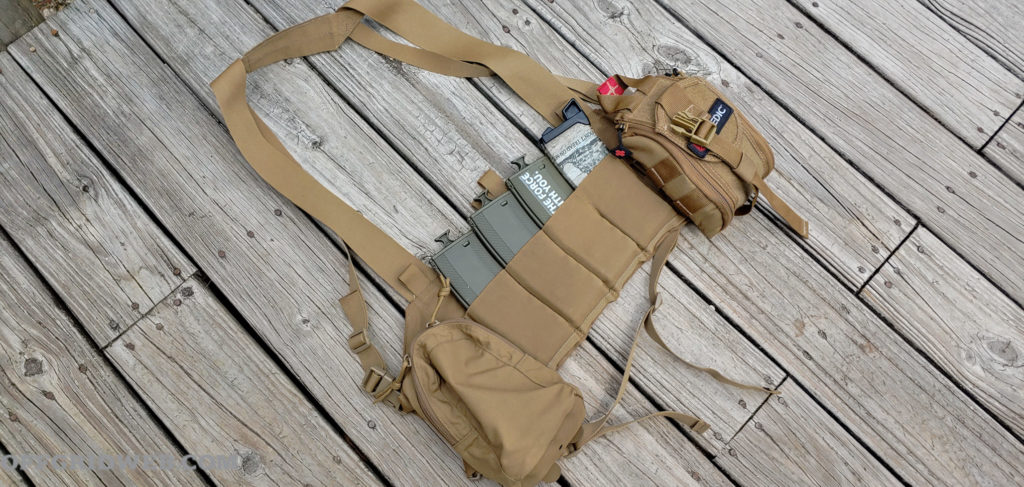
The Square Range
On the square range, in the standing, rifle reloads could be accomplished in under 3.5 seconds, with the fastest being 3.10 and the slowest being 3.43 seconds. Reloads required an accurate shot fired on a 25% IPSC target to end the drill. Times with the Blue Force Gear Ten-Speed M4 Chest Rig were close to identical. The fastest reload with the BFG chest rig occurred in 3.17 seconds, and the slowest was 3.38 seconds. 
Faster and more talented shooters will drive that number down. Nothing in the Fenrir’s design makes drawing a magazine and reloading your rifle difficult. 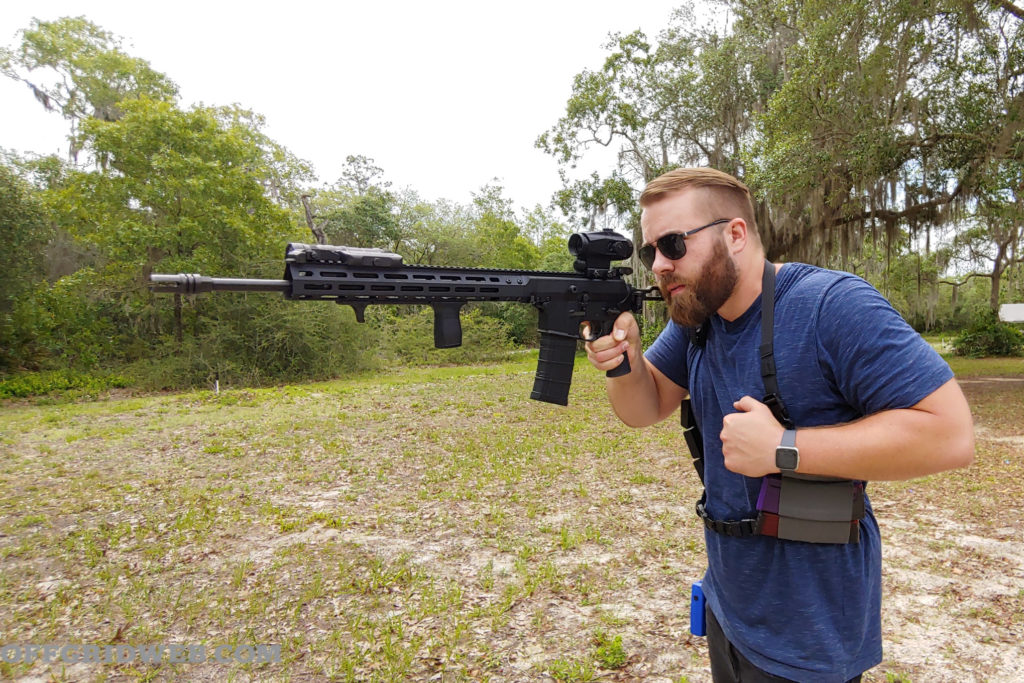
Switching to a kneeling position showed a similar result, with all reloads taking less than 3.5 seconds with both rigs. 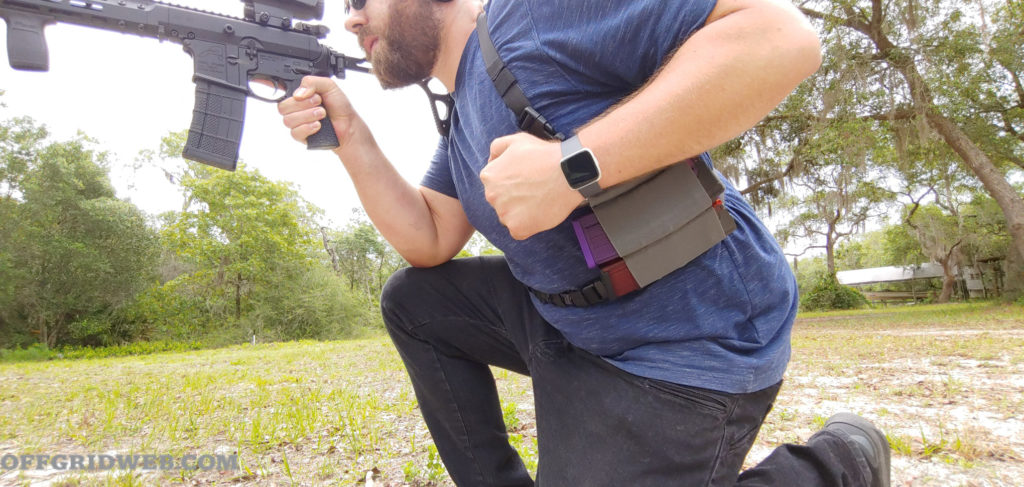
The prone position resulted in a slightly more dramatic difference. Reloads in the prone were more intuitive with the Fenris rig and allowed more efficient movements to retrieve the magazines. Since they sit on the side of the body, they do not require the user to rise slightly to retrieve magazines. 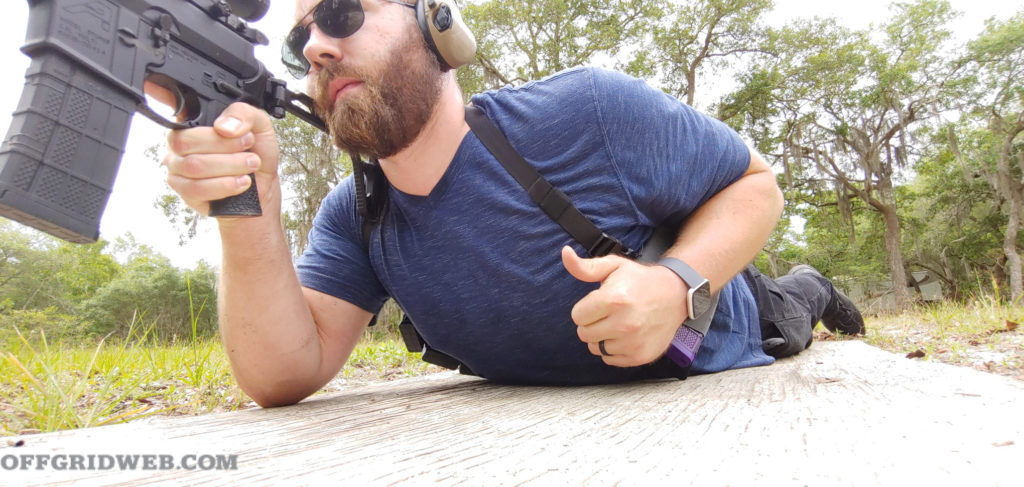
A greater gap in time appeared between the two chest rigs with an average time of 3.23 seconds with the Fenris and 3.45 with the Blue Force Gear rig.
All in all, none of the standard square range shooting positions compromised access to magazines in the Fenris chest rig.
Beyond the Square Range
Moving into more dynamic shooting showed the Fenris remained capable. A PTS Barricade challenged the Fenris to dynamic shooting positions at awkward angles, and it never tapped out. Reloading on the fly in such awkward angles remained intuitive and ergonomic.
Again when pressed against a traditional chest rig, the times were nearly identical with reload times well below 3.5 seconds, and the Fenris broke the 3 second par time with the traditional chest rig lagging behind by fractions of a second. On average, both the Fenris and Blue Force Gear rigs averaged around 3.2 seconds on the reload. 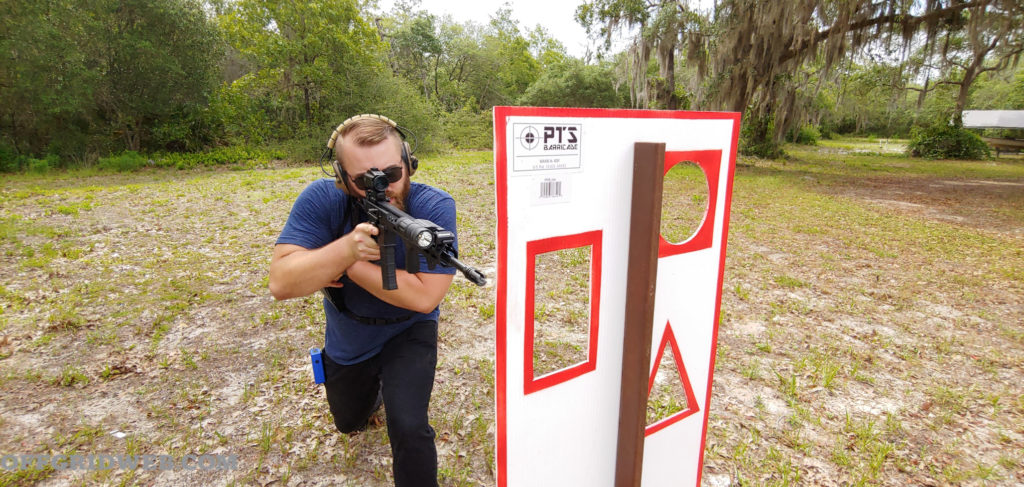
When moving quickly, the Fenris will move if it’s not appropriately tightened down. The Fenris needs to be tight to ensure there is no rocking motion. Beyond that, there was no major difference between the chest rig and the Fenris rig. The Blue Force Gear Ten-Speed M4 rig proved to be the slightly faster option on the move.
Presenting the magazines up front meant arm movement never got in the way of retrieving magazines. The Blue Force Gear rig averaged right around 3.46 seconds, and the Fenris lagged behind at an average of 3.54 seconds.
Inside, a vehicle challenged the Fenrir. Retrieving the magazines requires you to drive your arm rearward. Driving your arm rearward against the chair created a challenge and required less efficient movements. The Ten-Speed chest rig forces your arms to move forward, resulting in no additional challenges. 
The Fenrir’s average reload time was 3.48 seconds, and the Blue Force Gear M4 chest rig offered an average reload time of 3.32 seconds.
The End of All
The times between the two chest rigs were minimal outside of reloads in the prone position. The Fenris isn’t a revolution of providing more accessible and faster reloads. Instead, the Fenris allows you to reload just as fast as a traditional chest rig with the ability to conceal the rig on demand.
Additionally, the ability to carry a larger fighting load than most chest rigs should not be underestimated. Most chest rigs offer four to five magazine pouches, and most minimalist designs offer even less. The Fenris gives you six slots for magazines and additional gear. 
Concealment comes at the cost of comfort. A traditional chest rig provides you more comfort but is a good bit harder to conceal. The Fenris offers you concealment and access. The rig remains concealed even when your jacket or shirt remains opened. Mission drives gear selection, and the Fenris chest rig fits a niche use.
Where to Find The Fenrir
One man shops pop up every now and then, making outstanding gear. Nightfighter is no different. If the Fenris fits your mission needs or your want for a modern Heat style rig, you can find Nightfighter on Instagram at Nightfighter848. Send a direct message to order your own Fenris rig and let us know below what you think about the Fenris rig, minimalist chest rigs, and concealable load-bearing gear.
More on Chest Rigs, Body Armor, and Tactical Gear
- Bullet Proof Vest vs Plate Carrier.
- Plate Carrier Types: To Each Their Own.
- Front Toward Enemy: Plate Carriers and Chest Rigs.
- Upgrading the Tyr Tactical Pico-DS.
- Arbor Arms Minuteman: A Plate Carrier for Athletes.
- How to Set up a Plate Carrier.
- EDC, Range, and Battle Belts: Defining the Difference.
- Comparing AR-15 Magazines: Best of the Best.
- AR-15 Magazine Pouch Faceoff: Caddies, Pouches, and More.

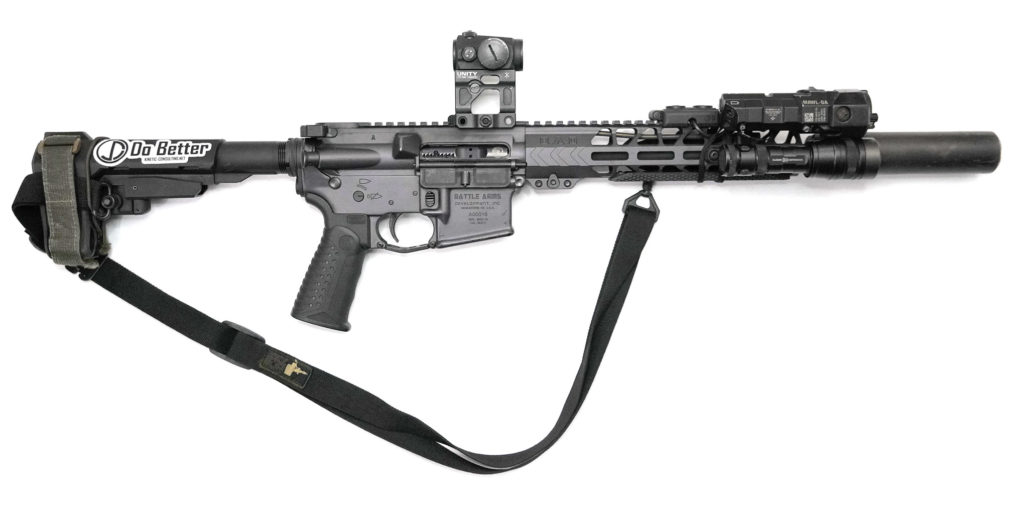
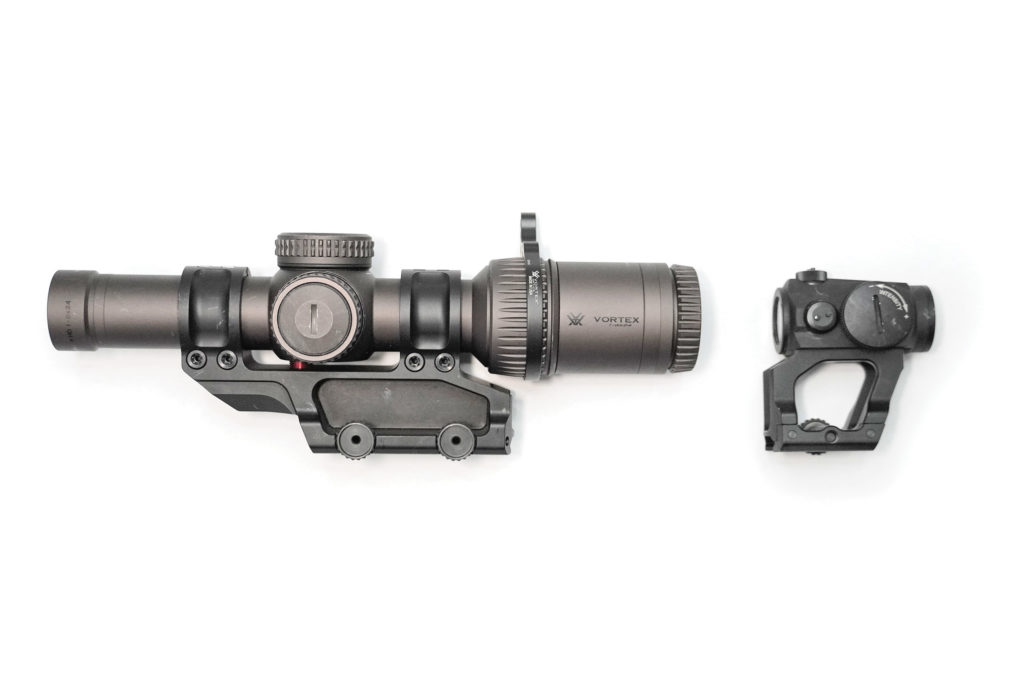
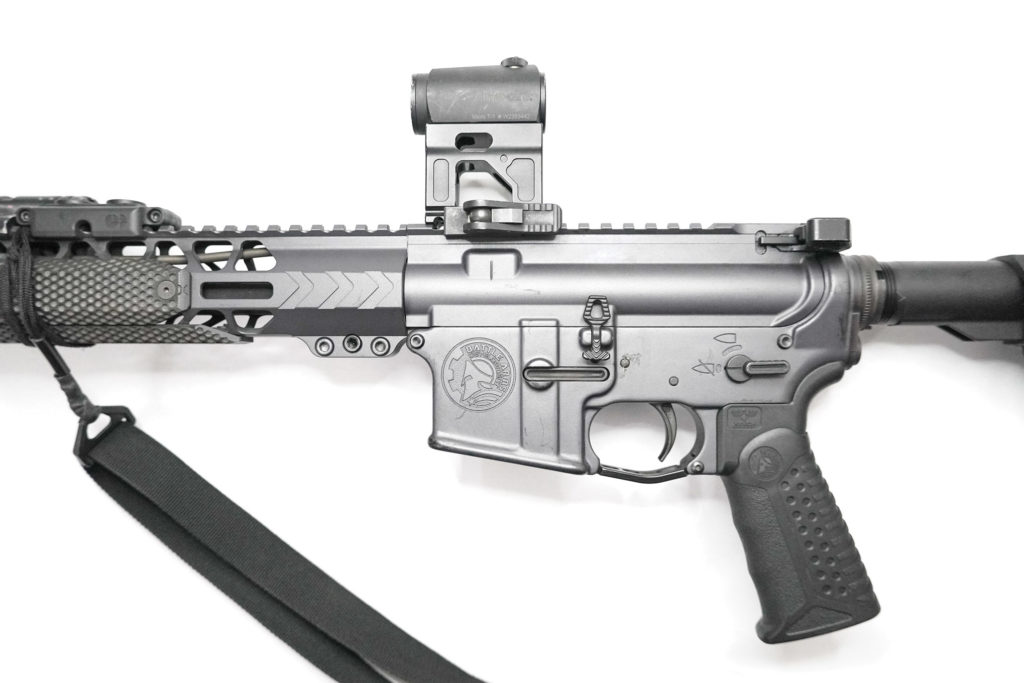
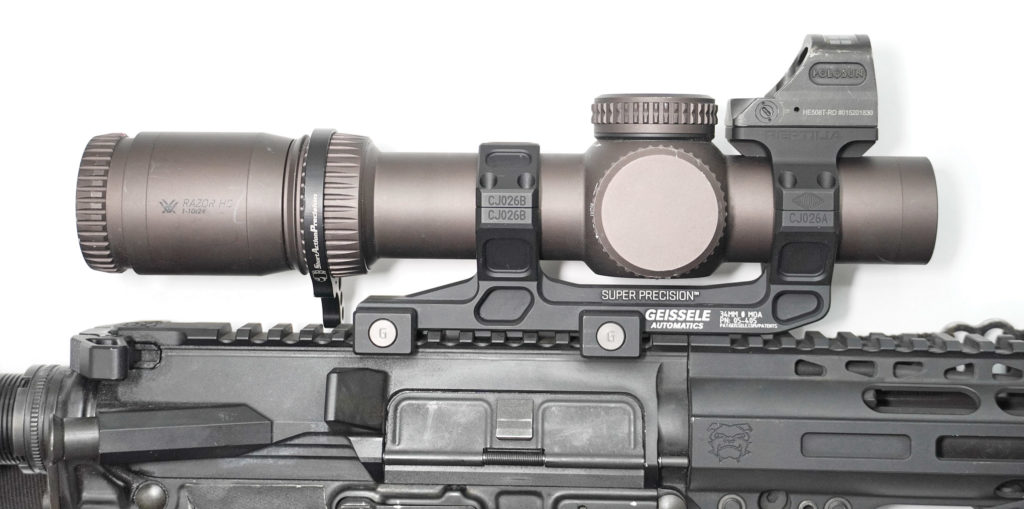
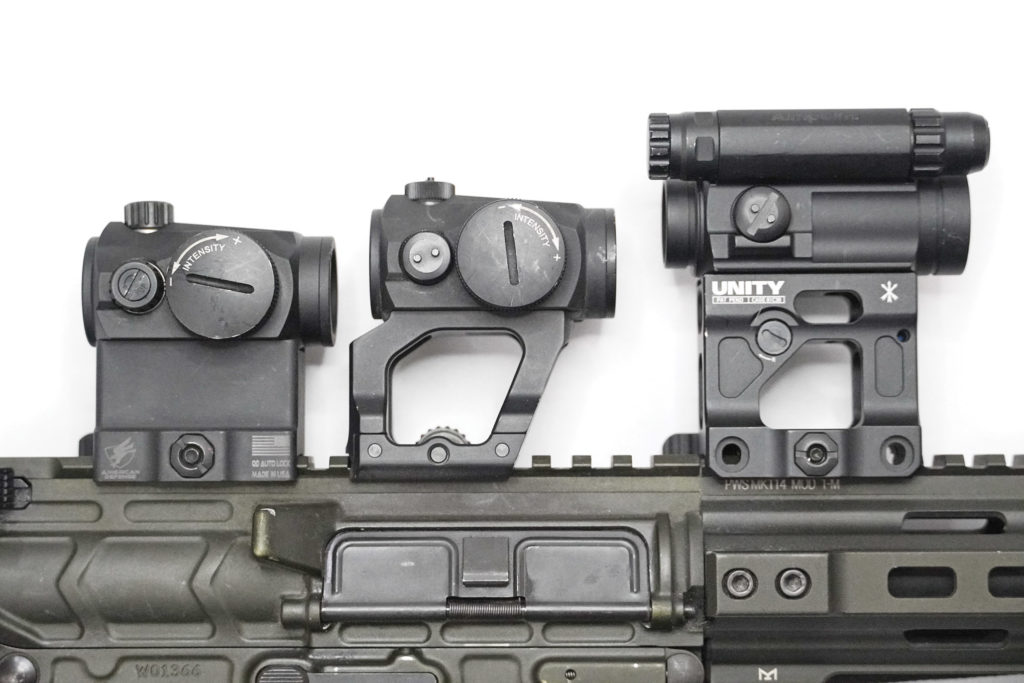
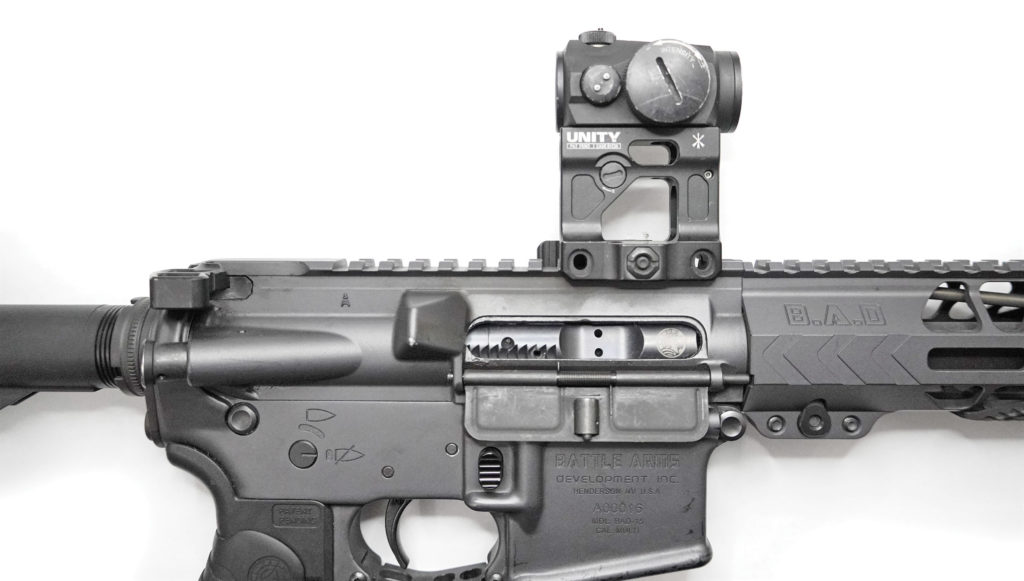

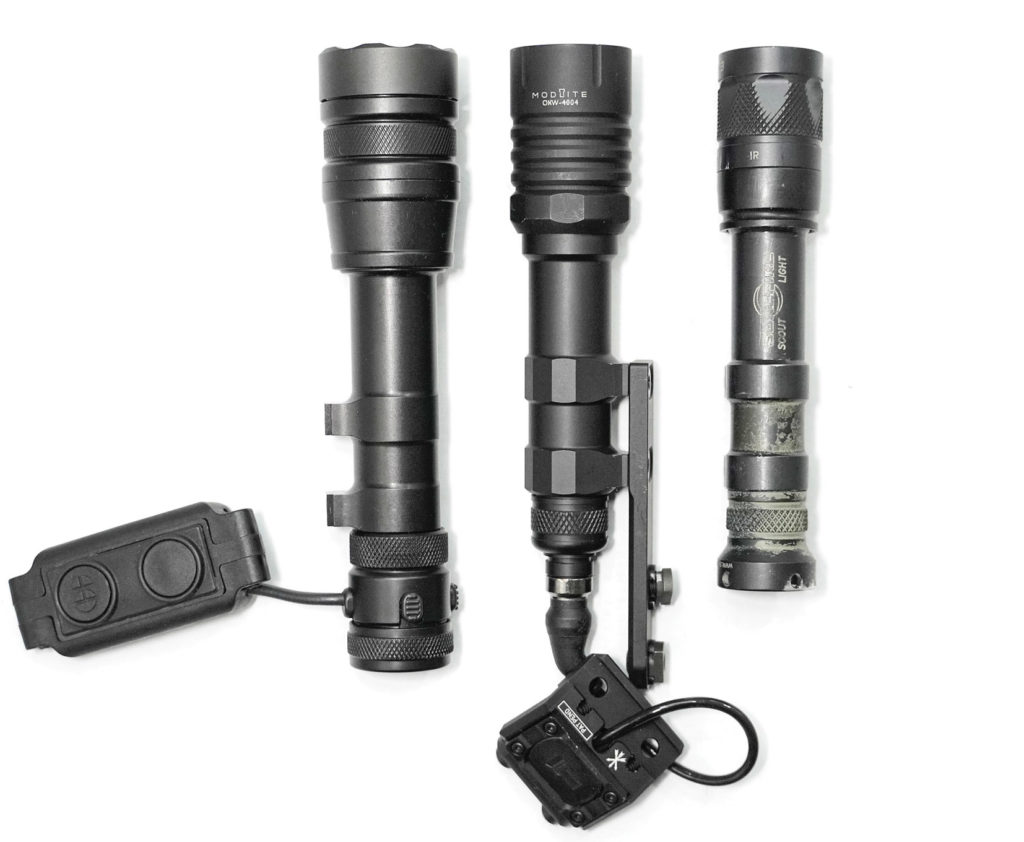
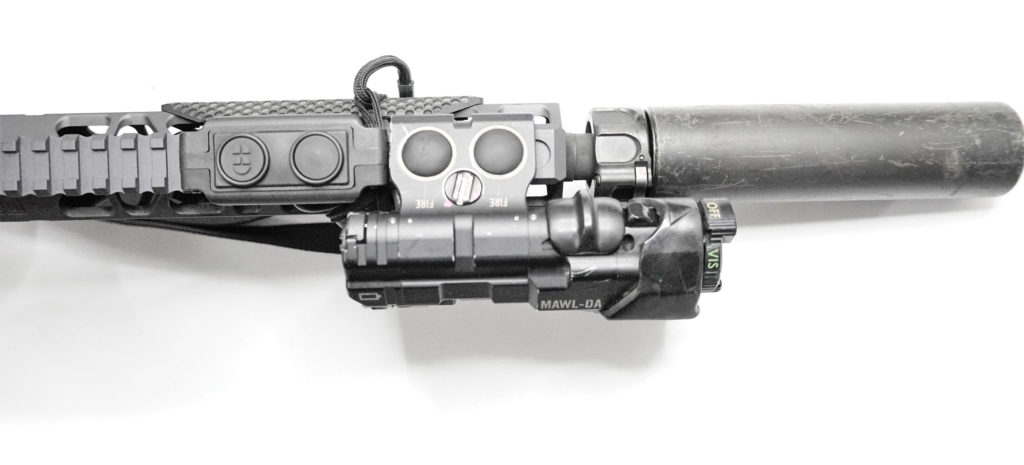
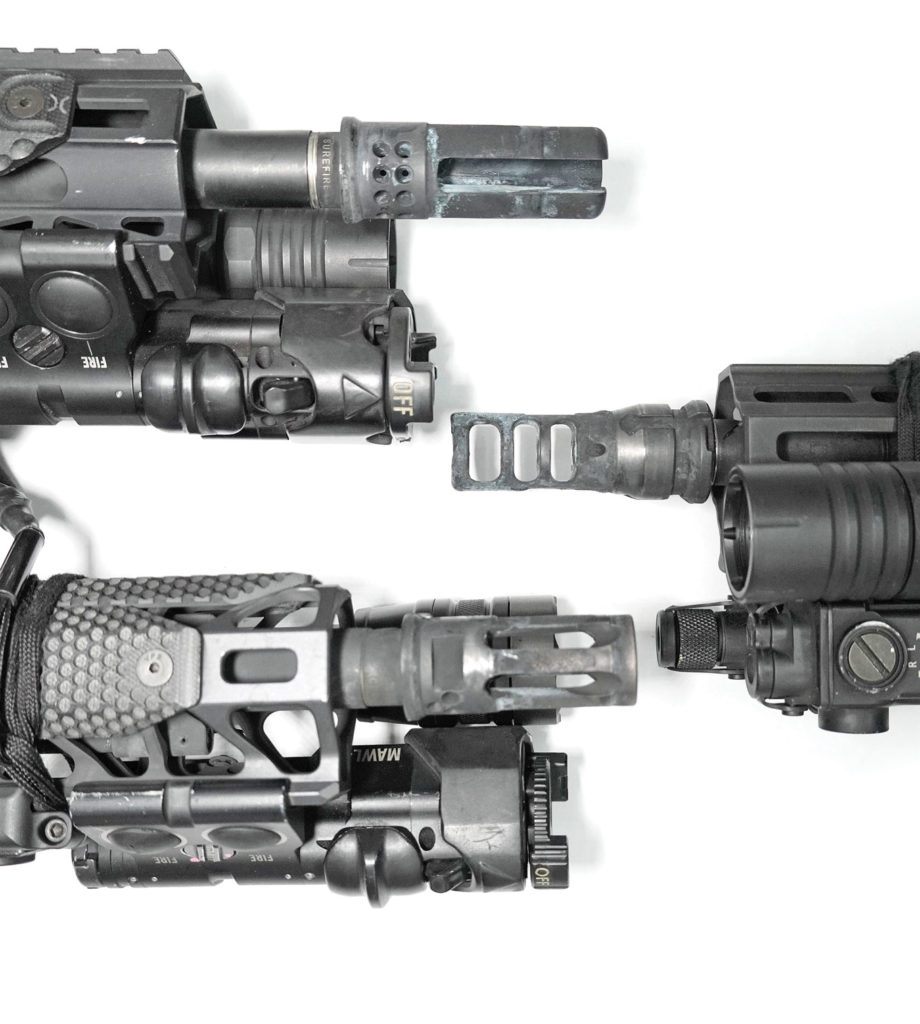 Above: From top to bottom, a SureFire Warcomp flash hider, Dead Air Keymount brake, SureFire Warcomp closed-tine flash hider.
Above: From top to bottom, a SureFire Warcomp flash hider, Dead Air Keymount brake, SureFire Warcomp closed-tine flash hider. 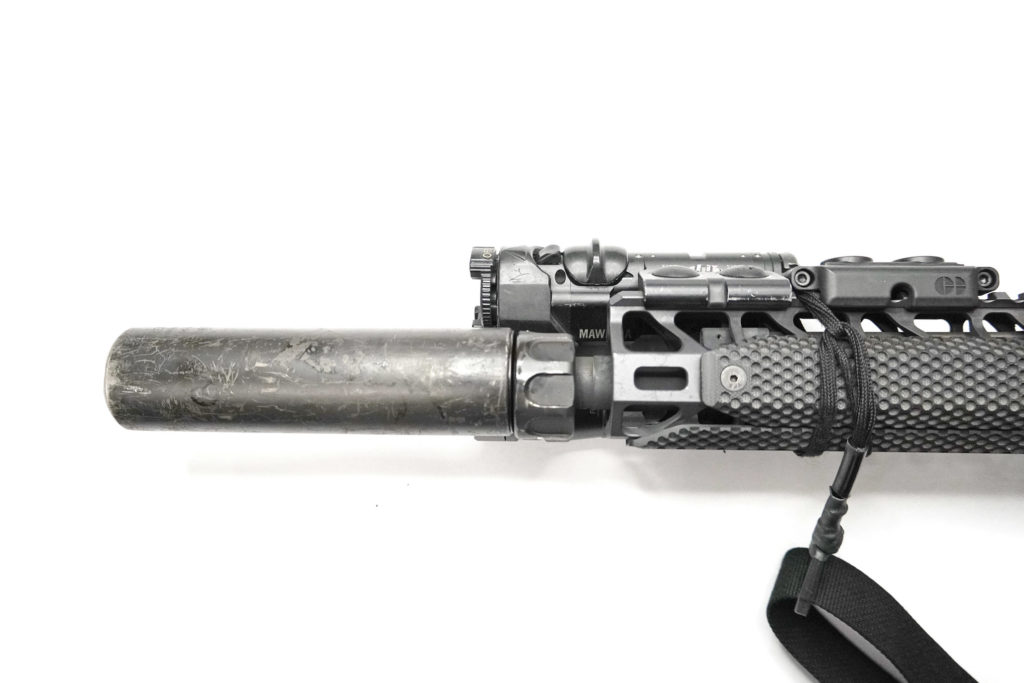
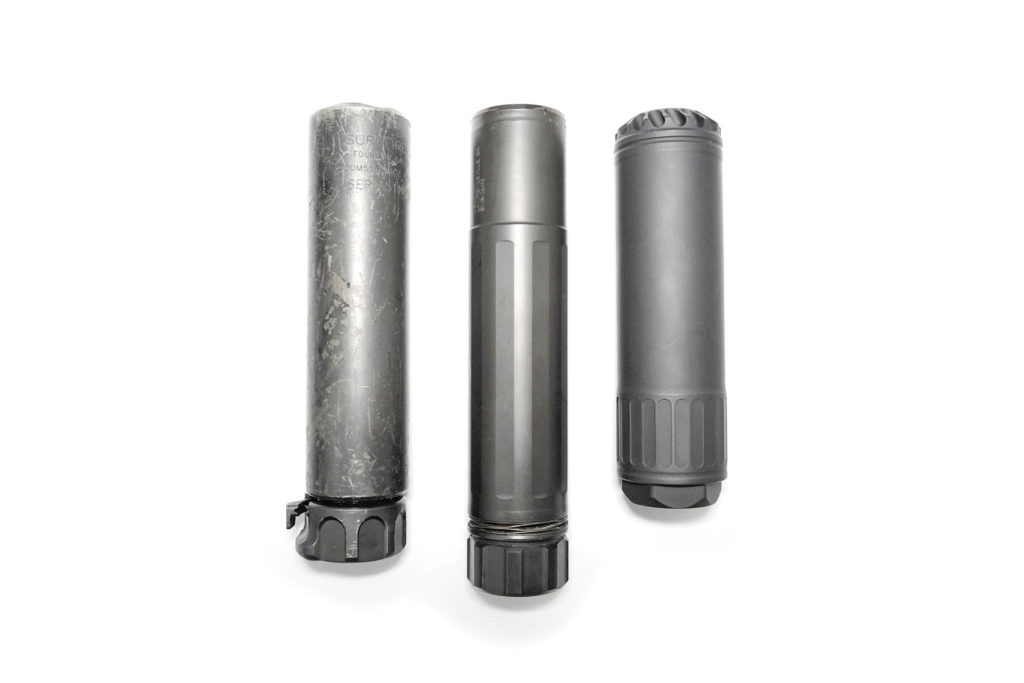
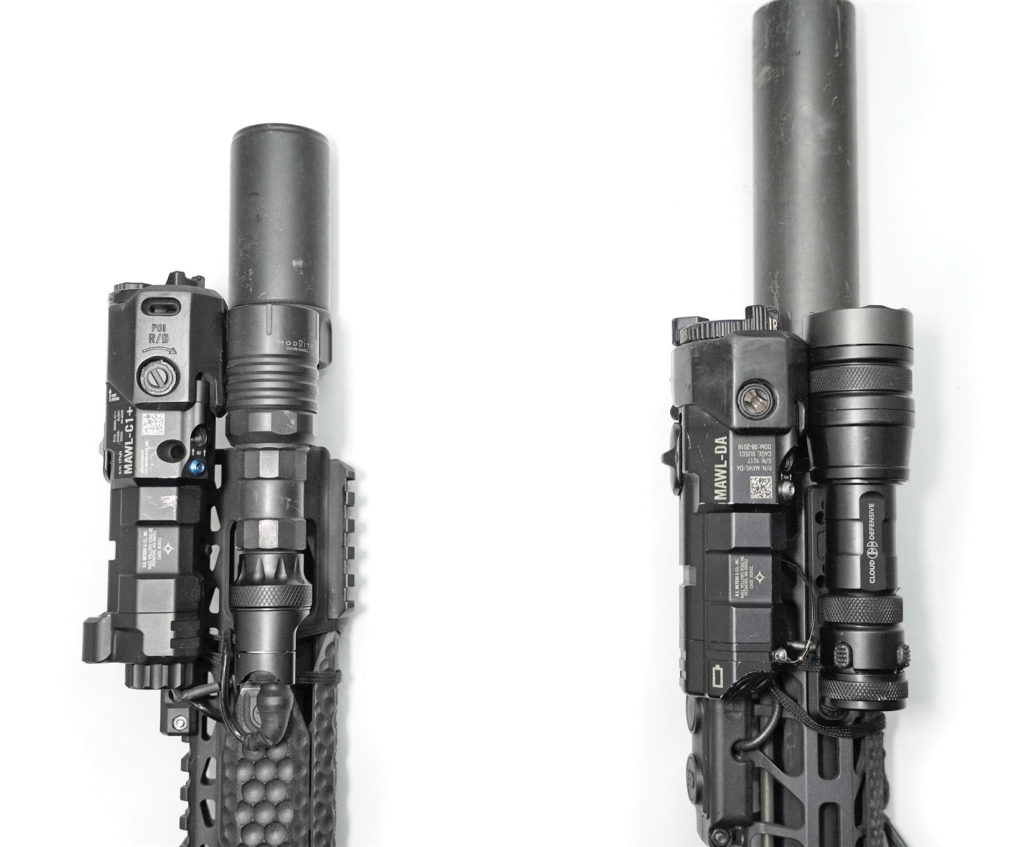
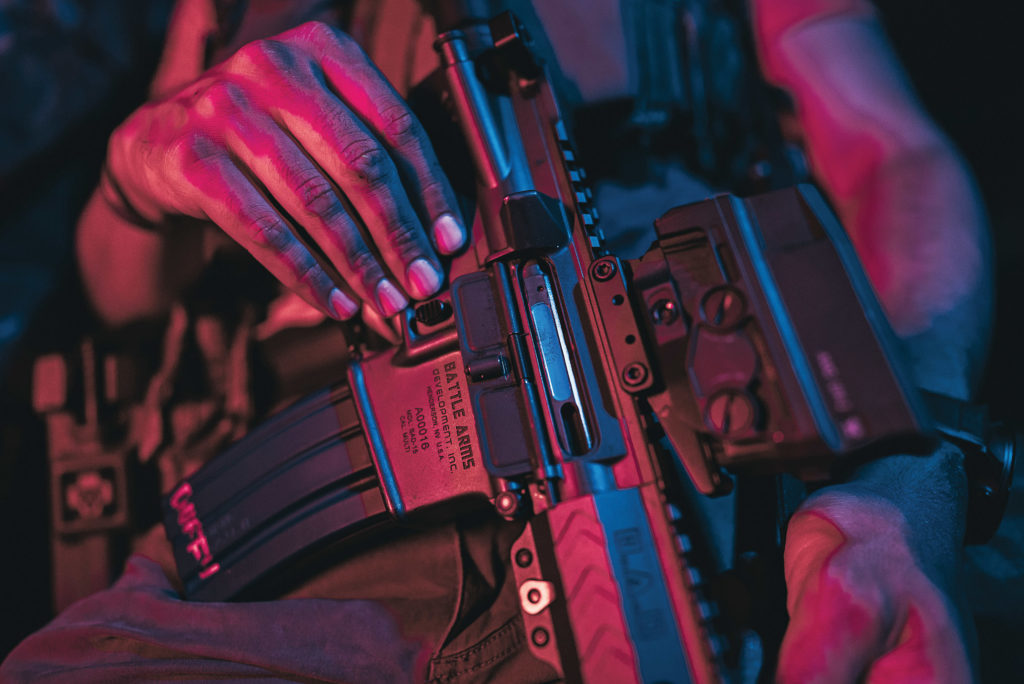
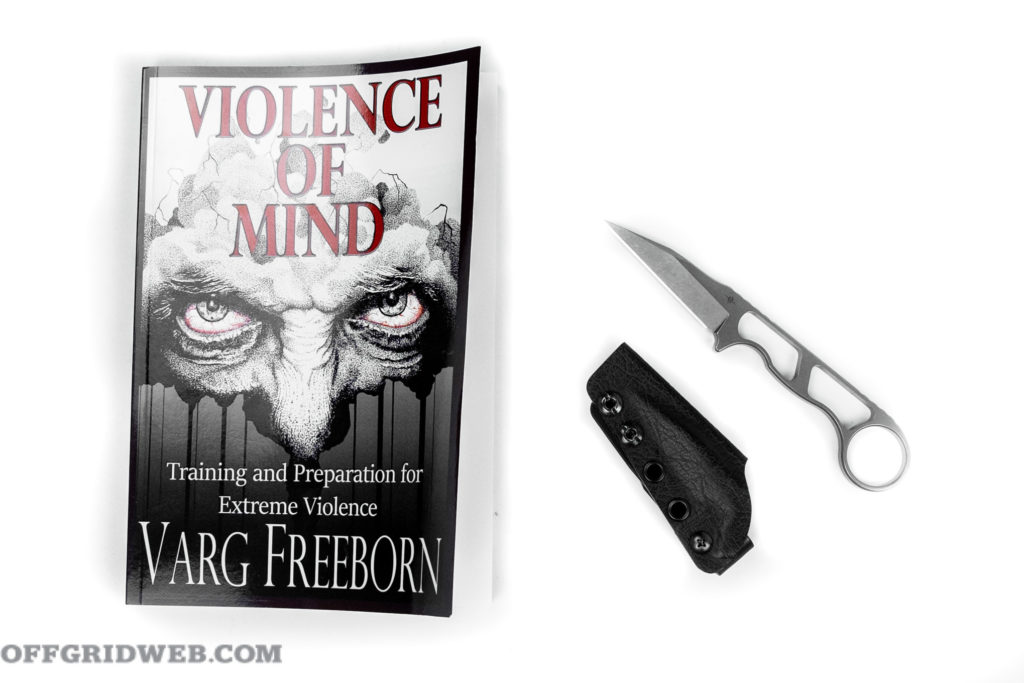
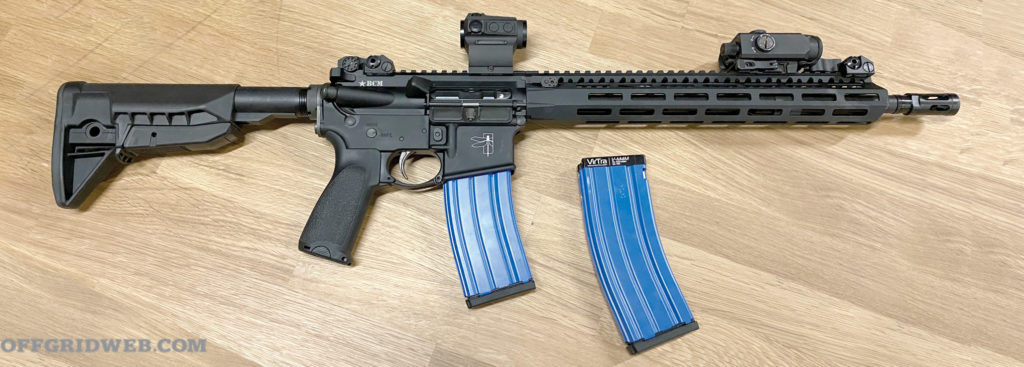
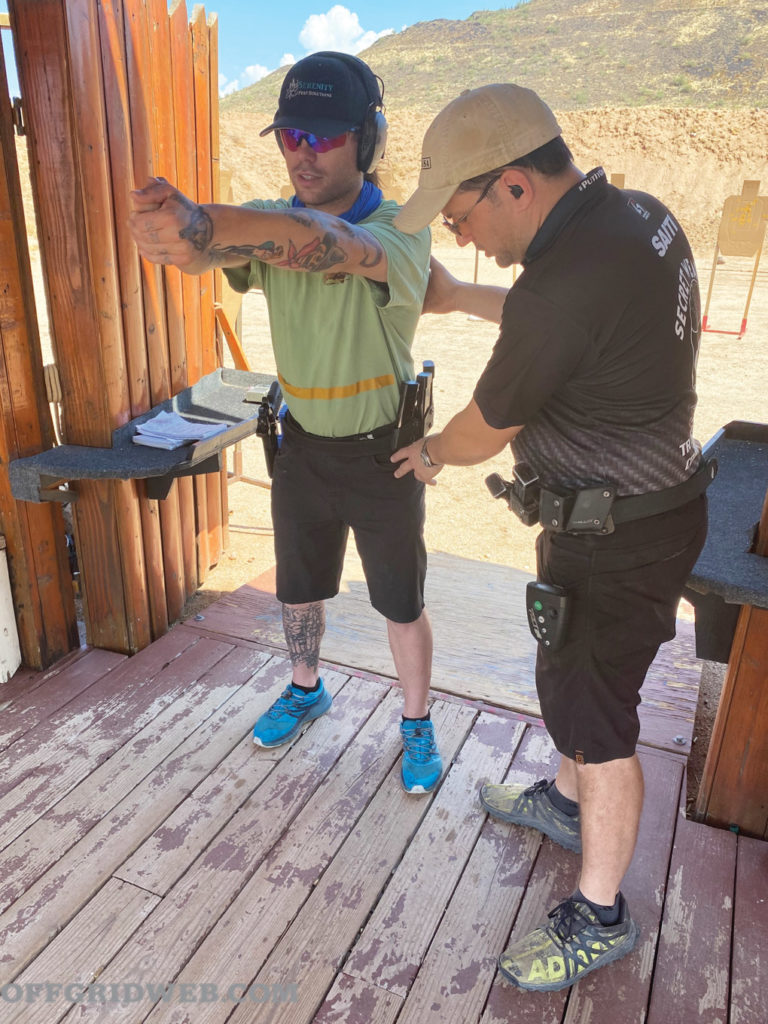
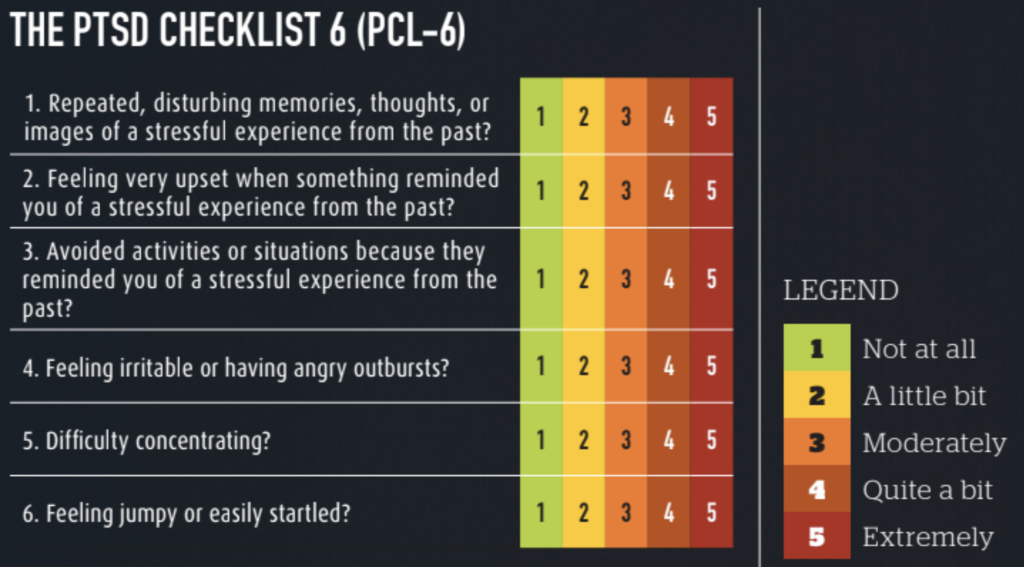
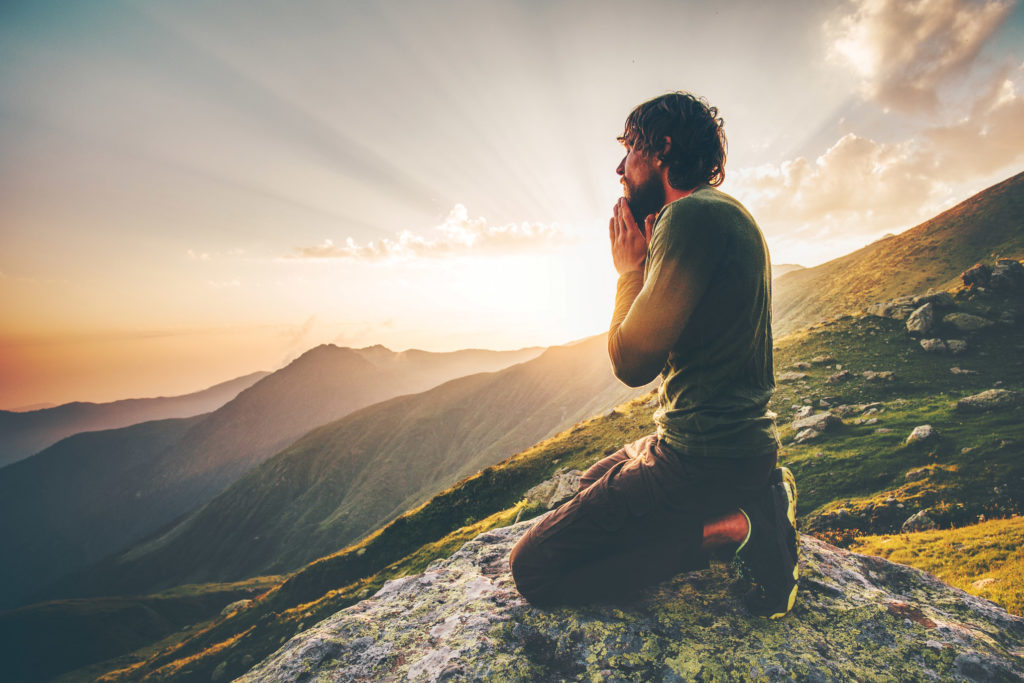


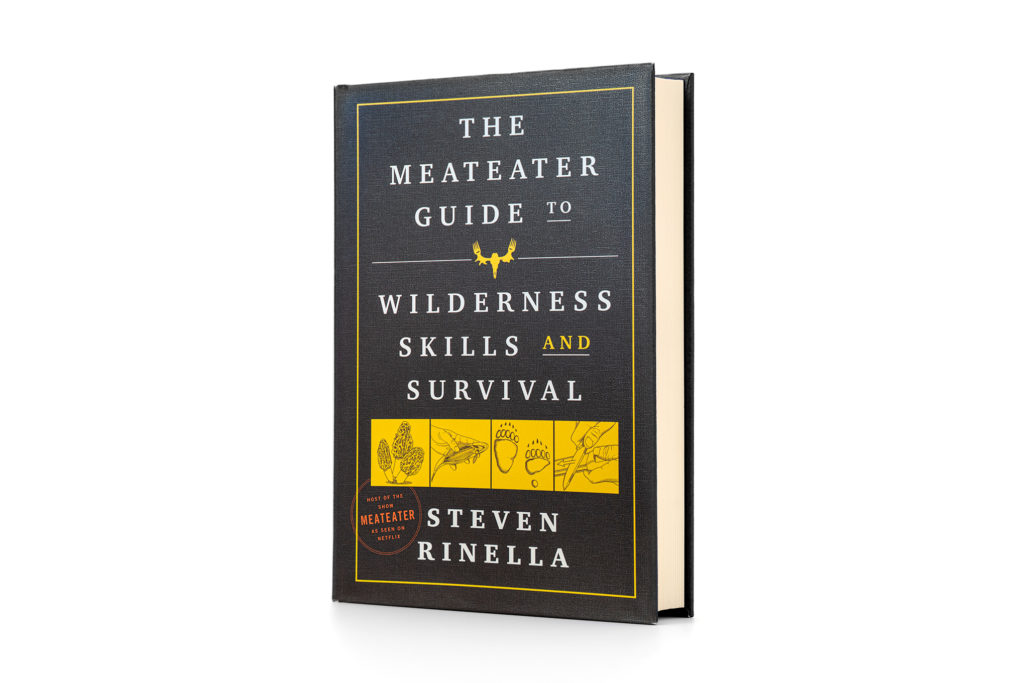
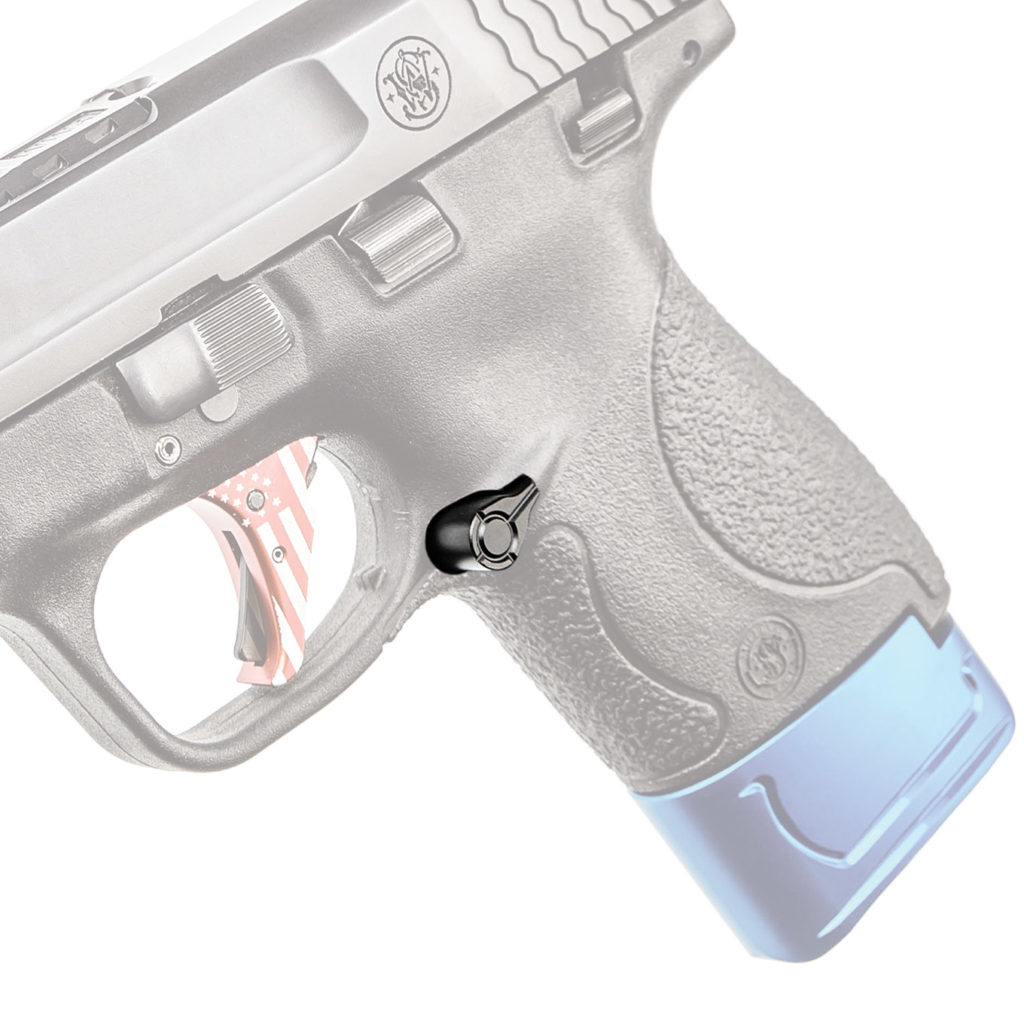
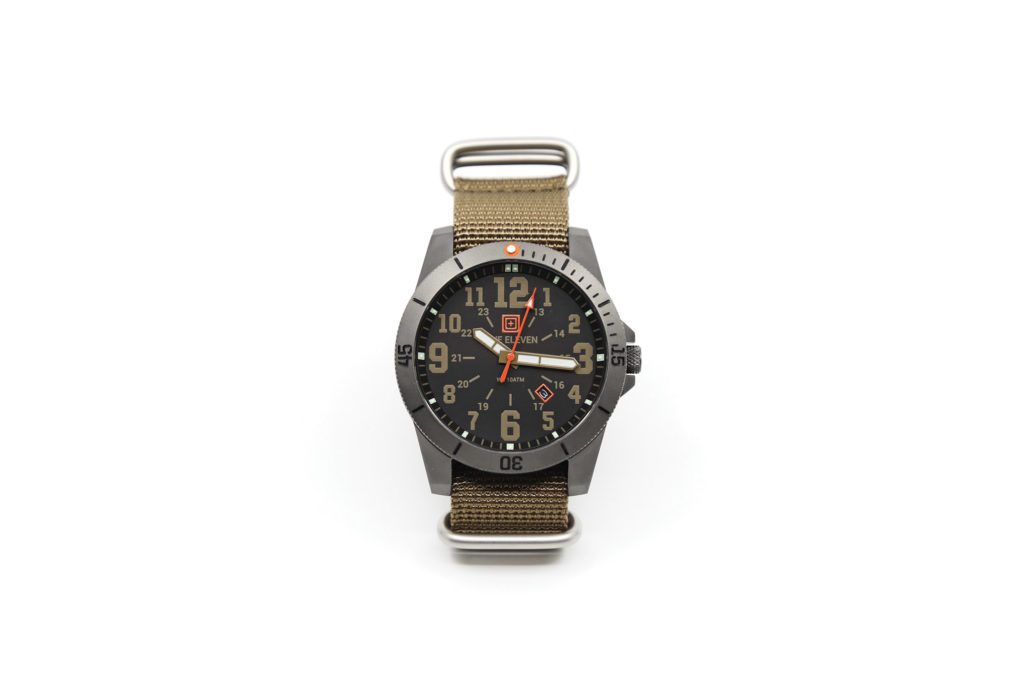
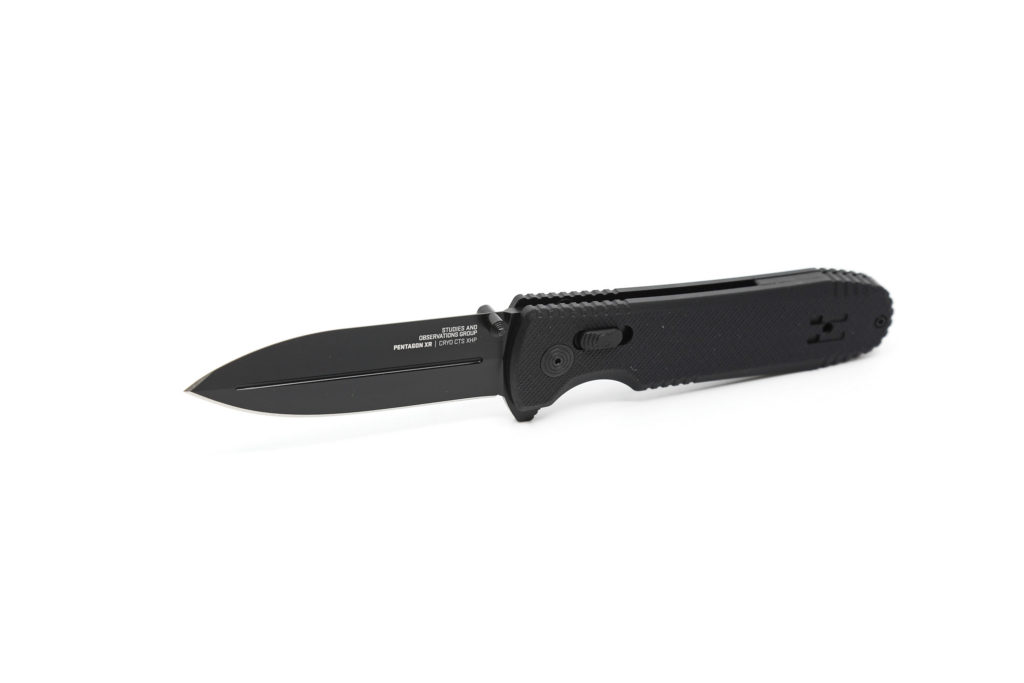
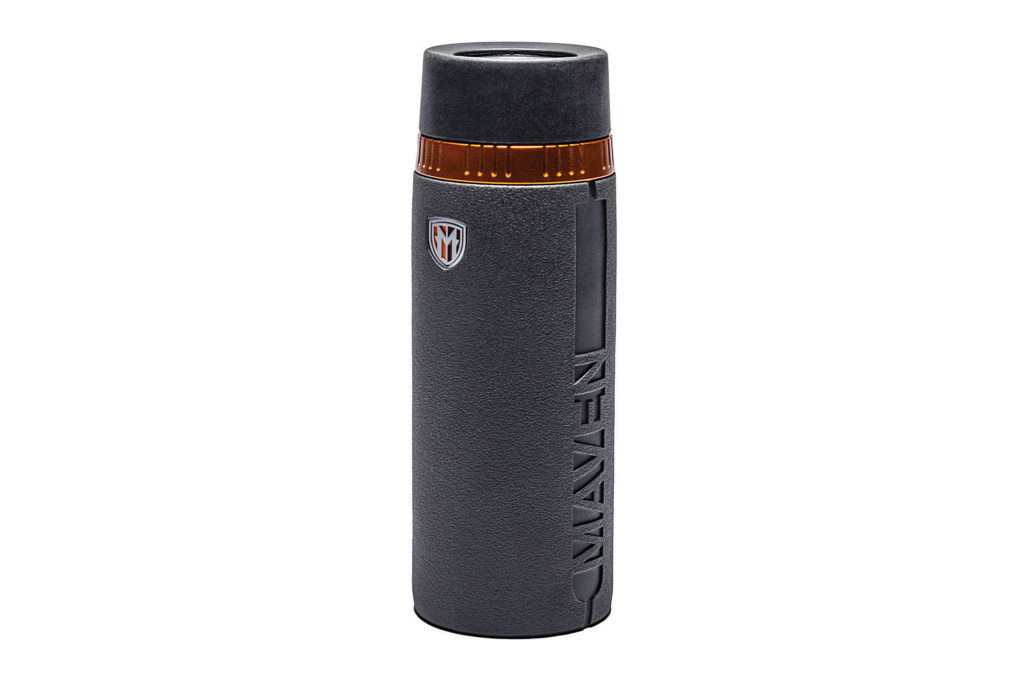
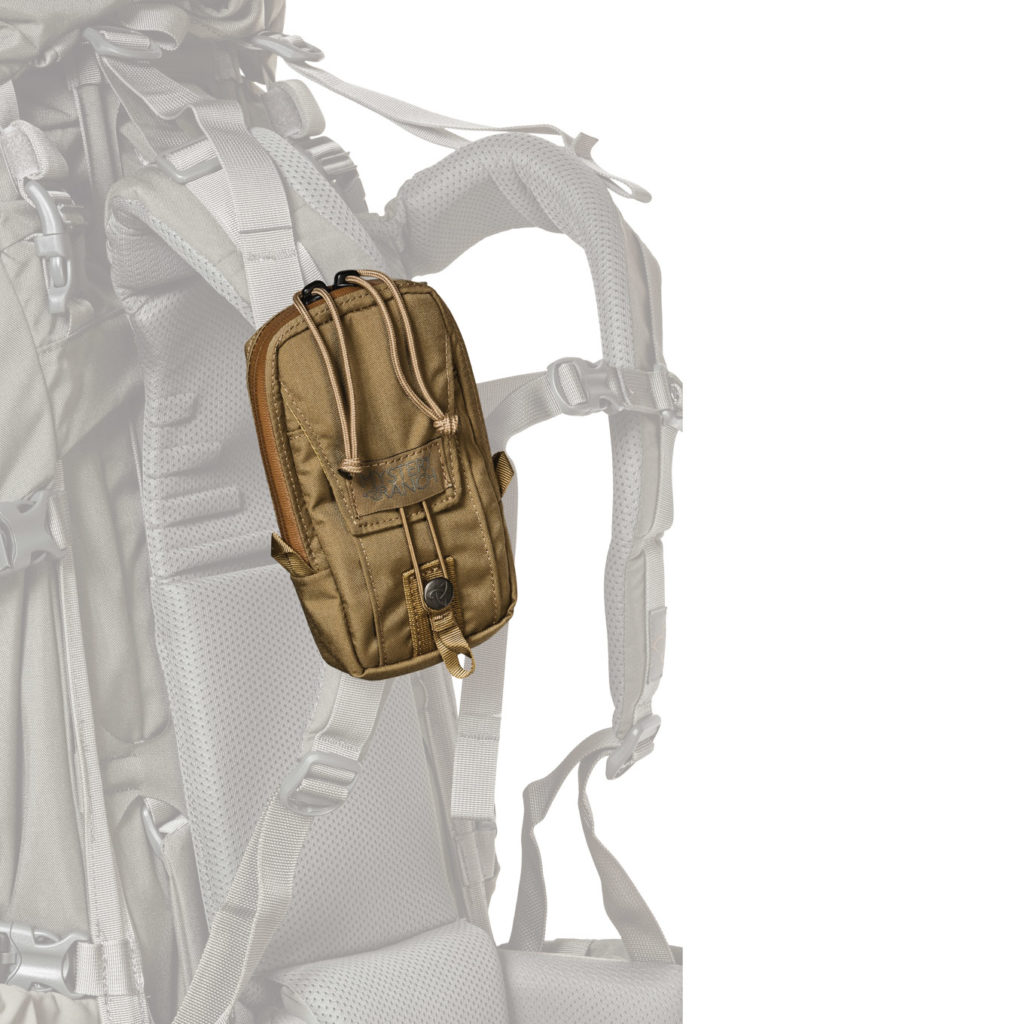

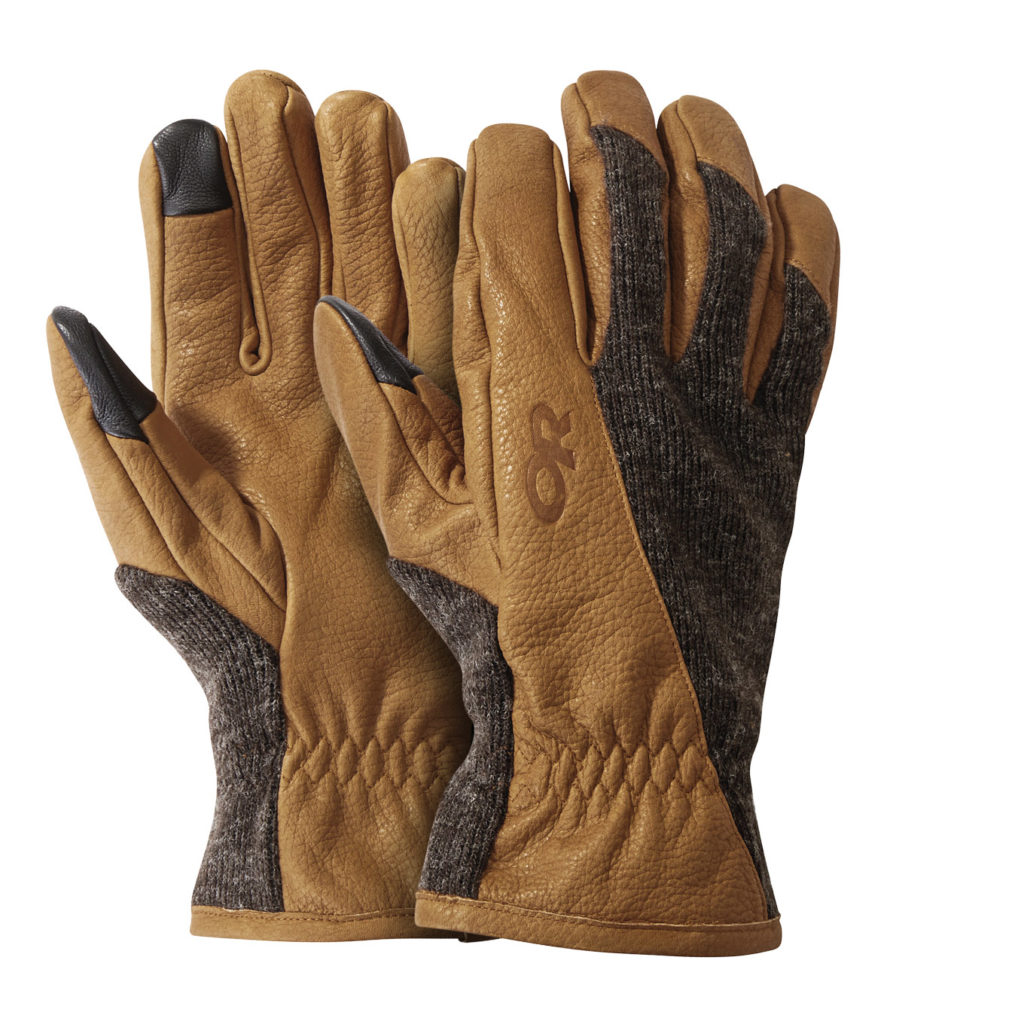
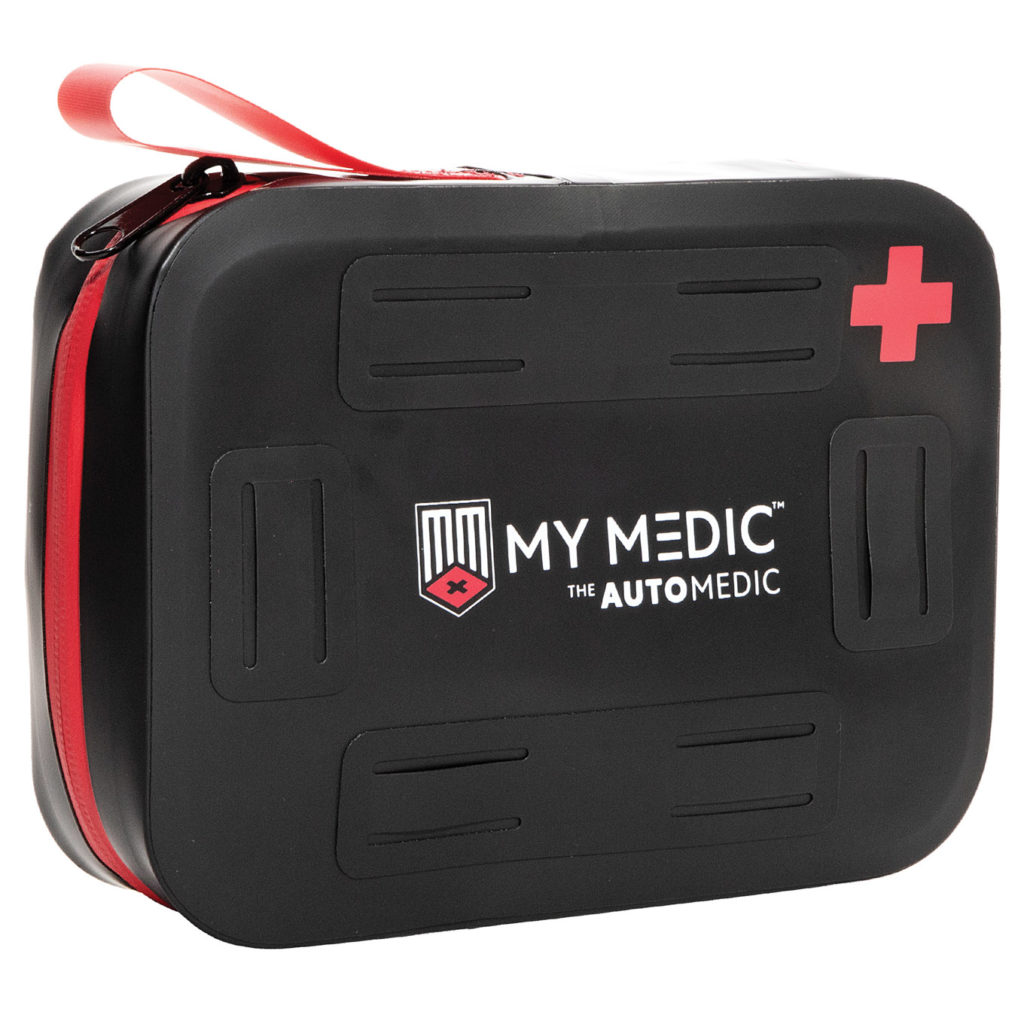

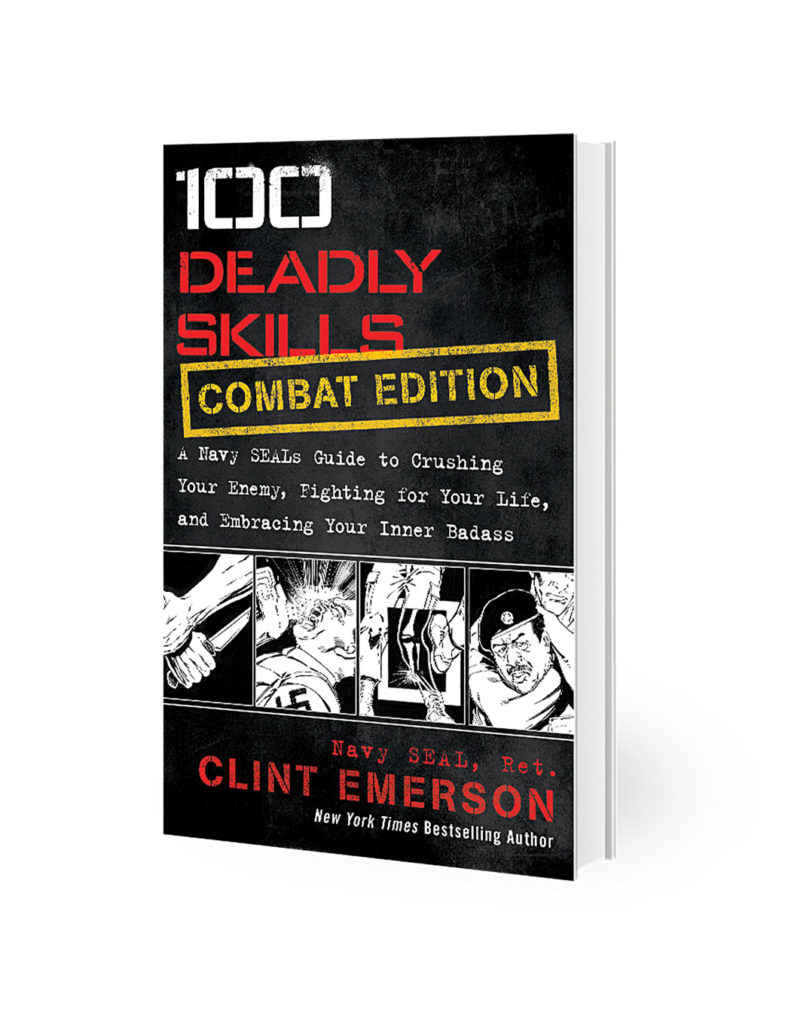
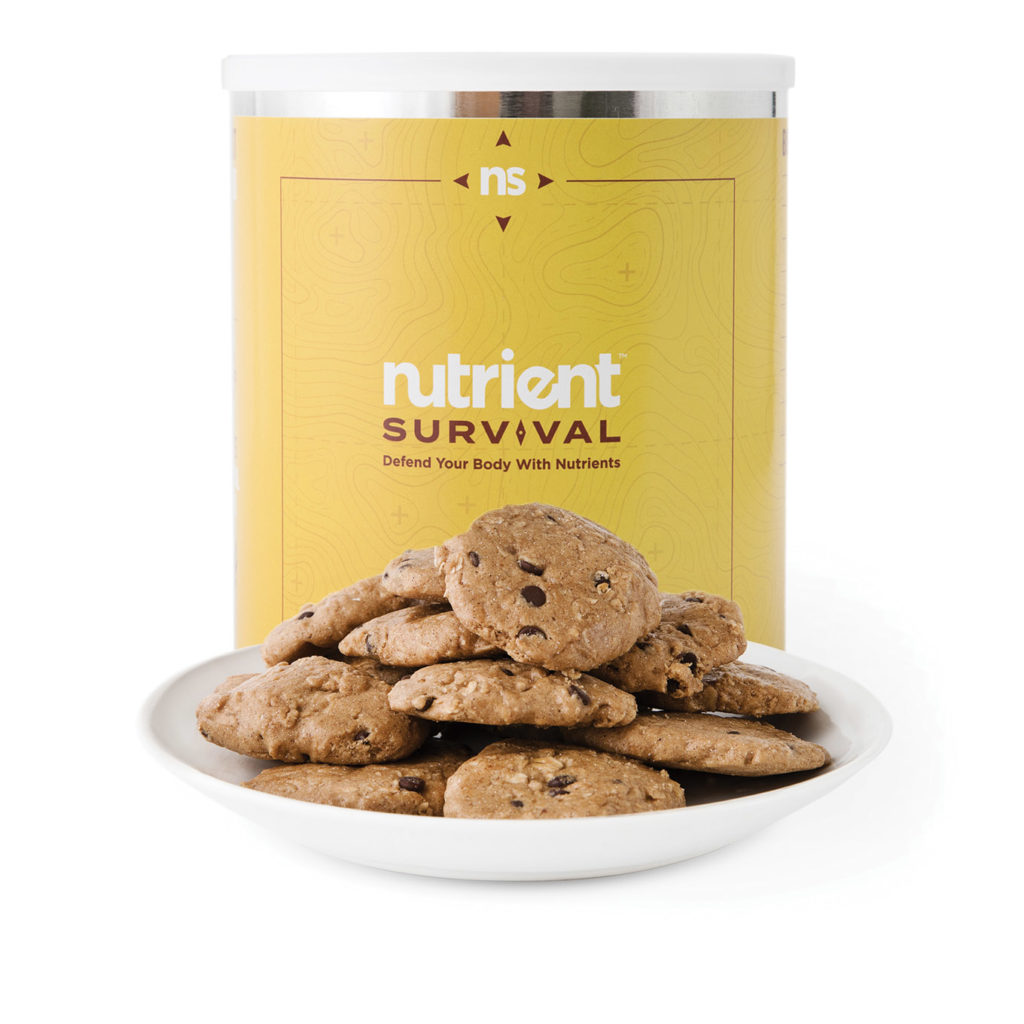
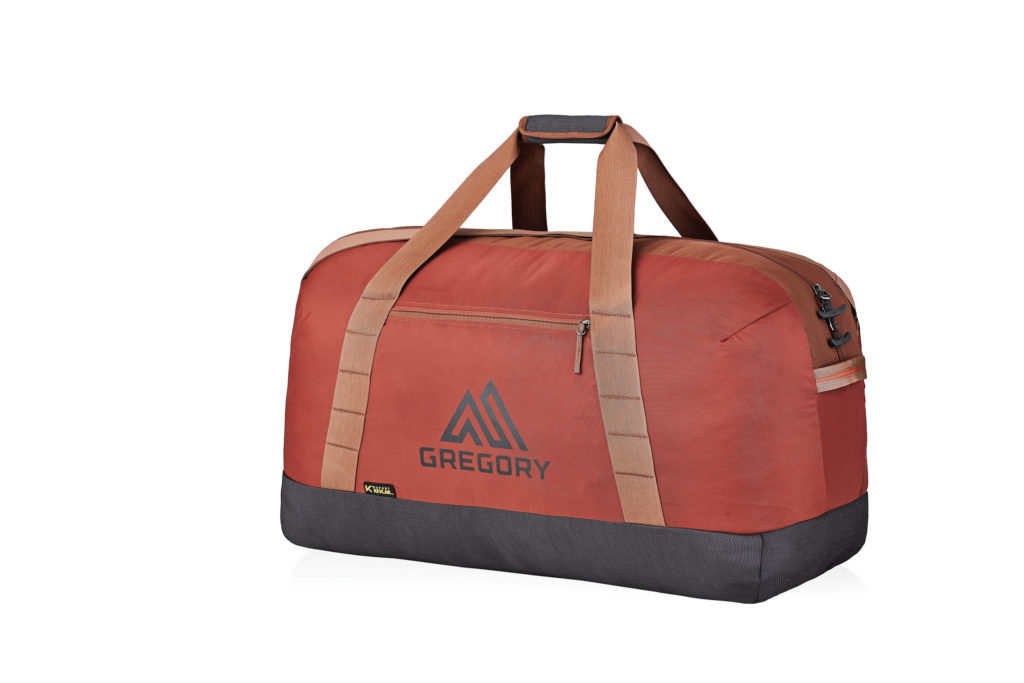
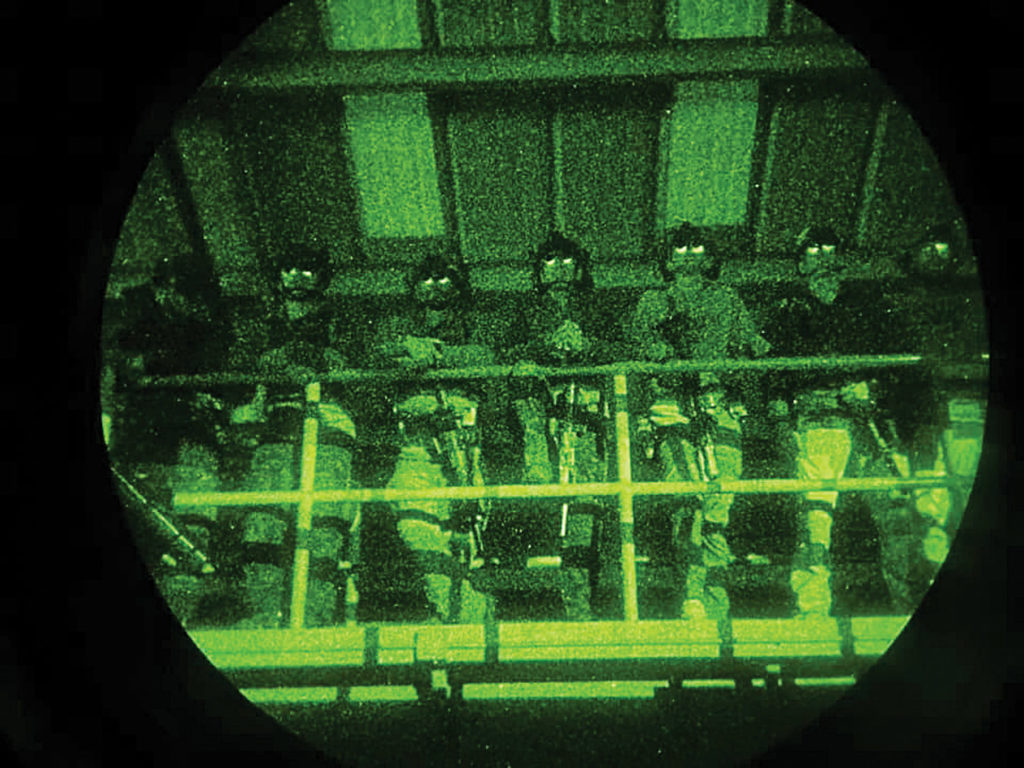
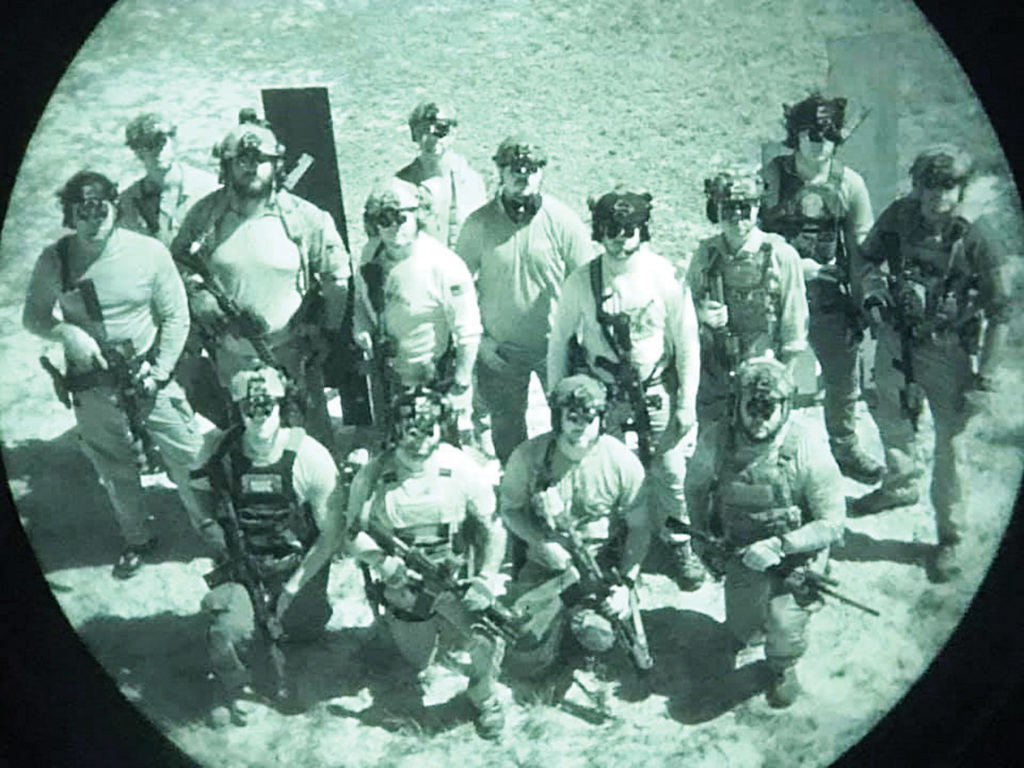
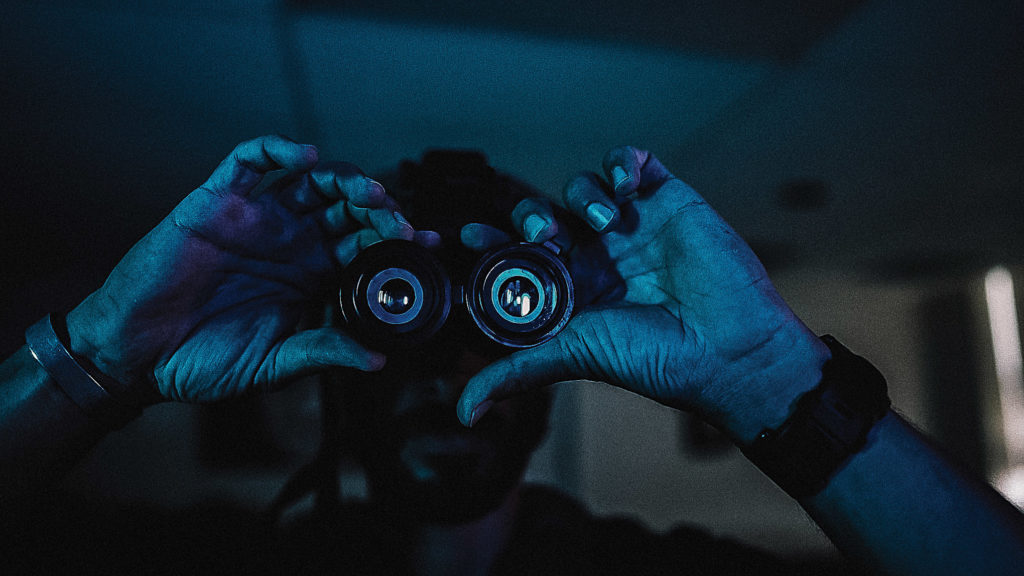
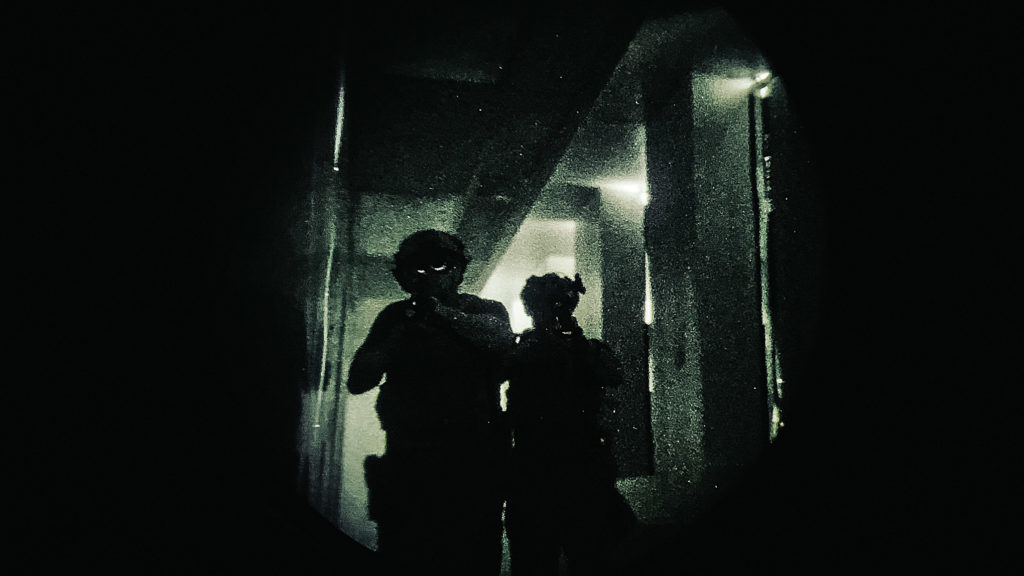
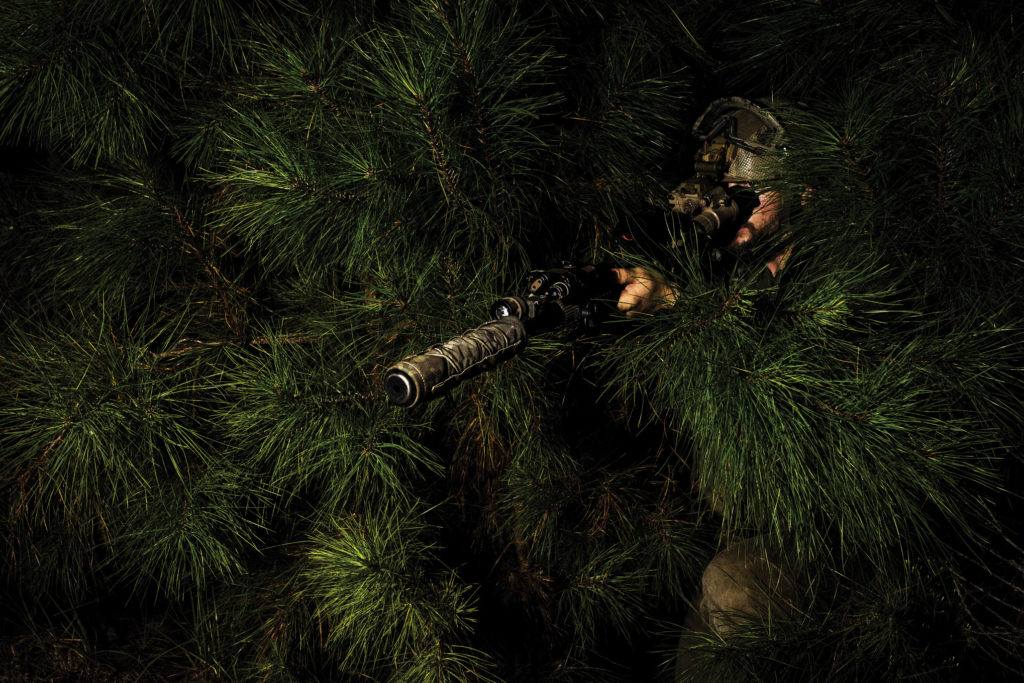
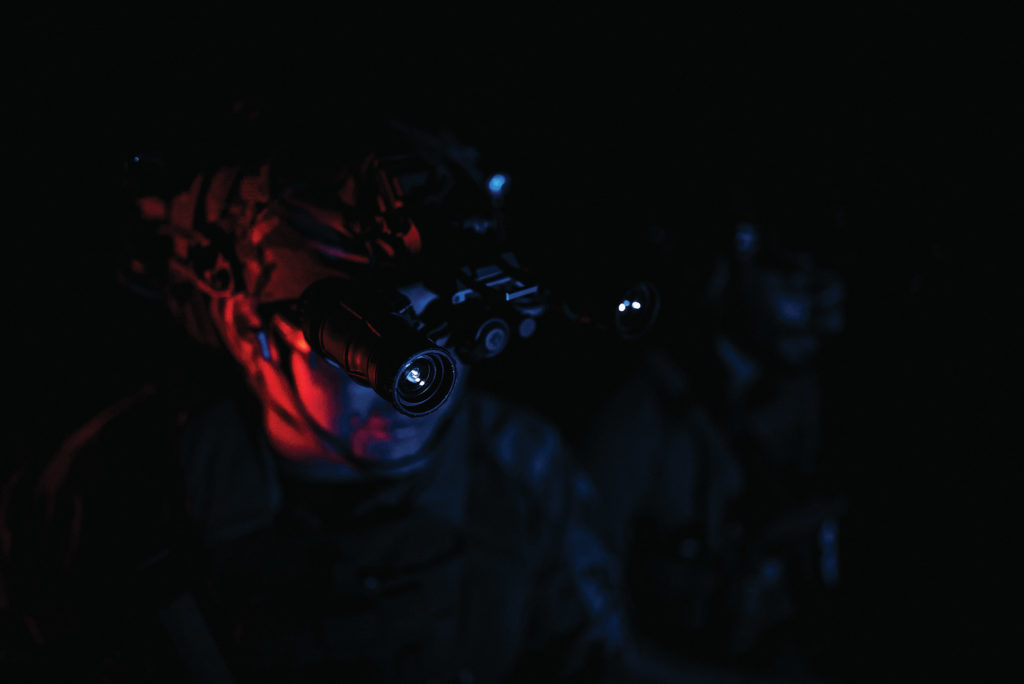
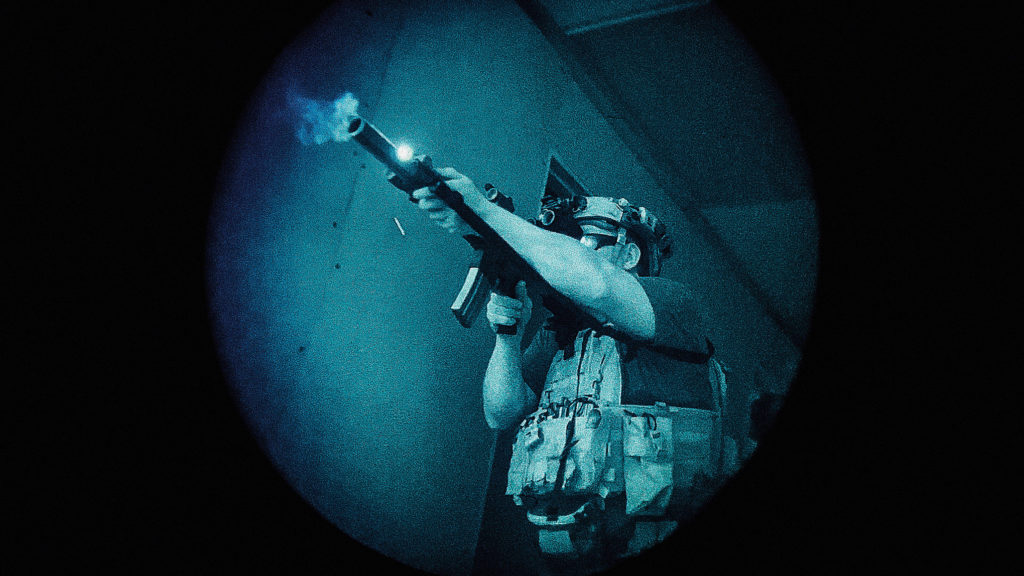
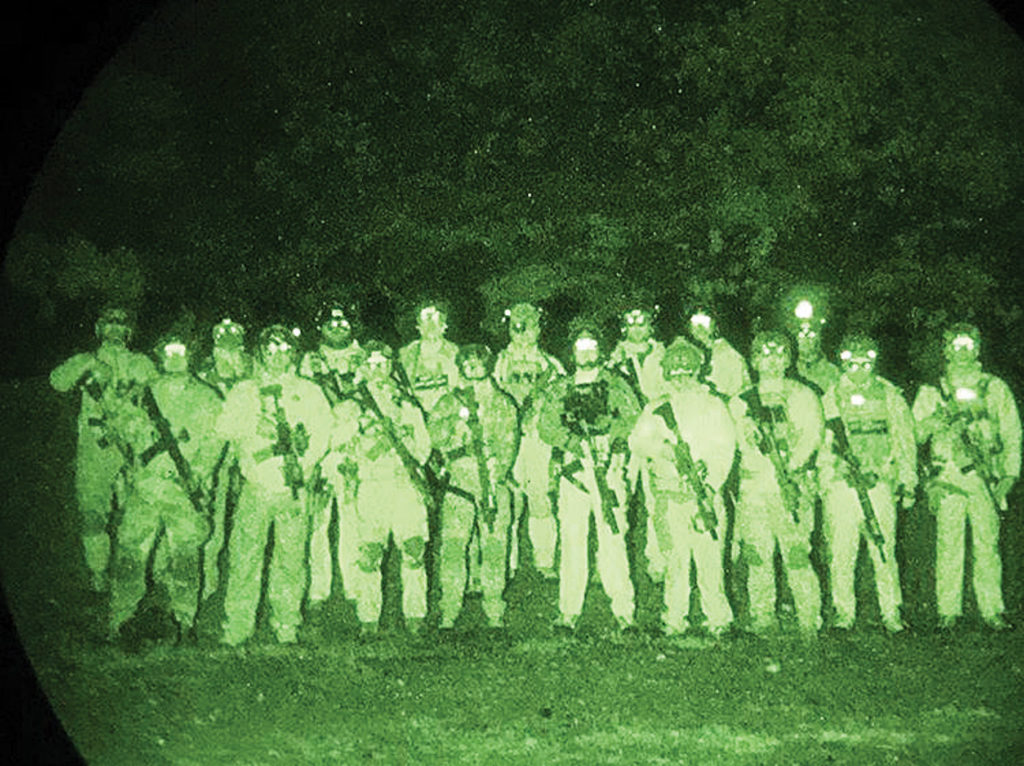
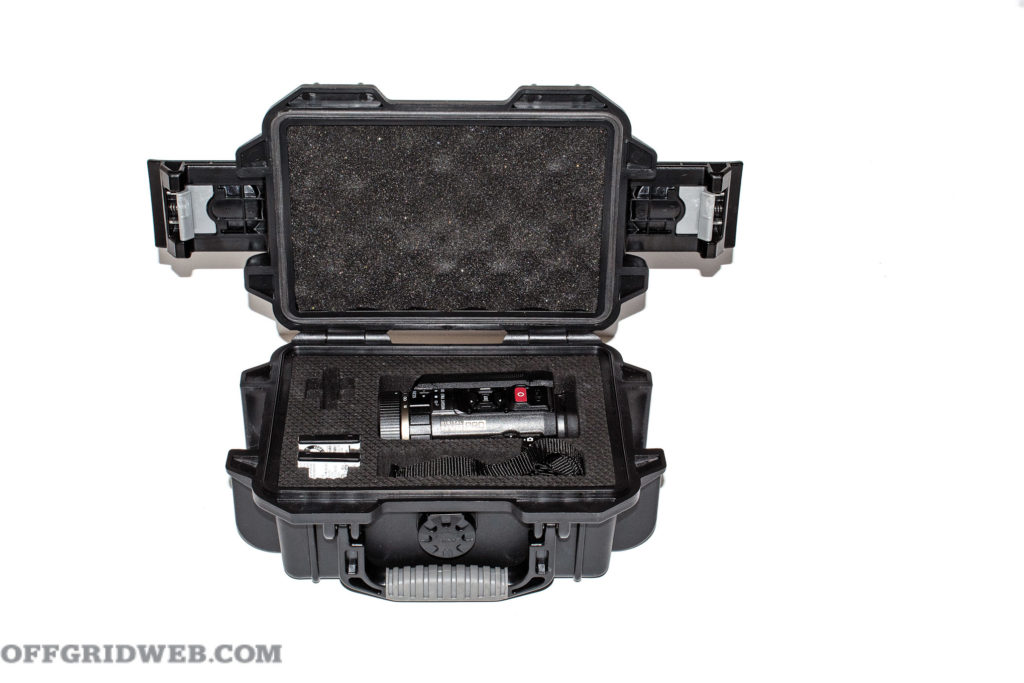

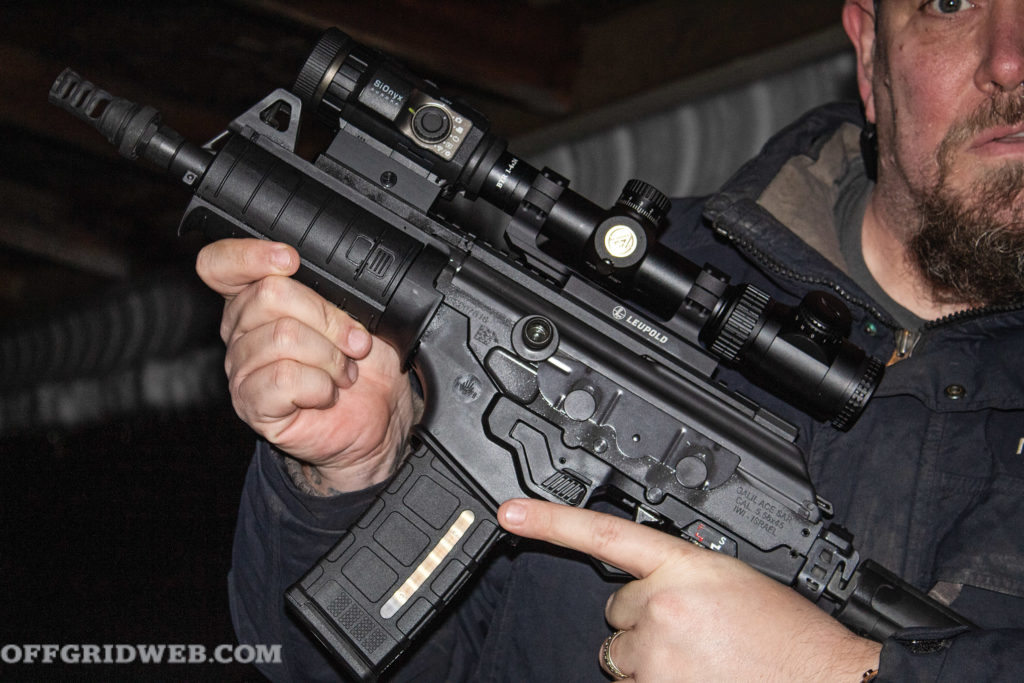 Above: Jeff Stroud (aka Freebird) eagerly prepares to engage targets previously obscured by the dark.
Above: Jeff Stroud (aka Freebird) eagerly prepares to engage targets previously obscured by the dark.





